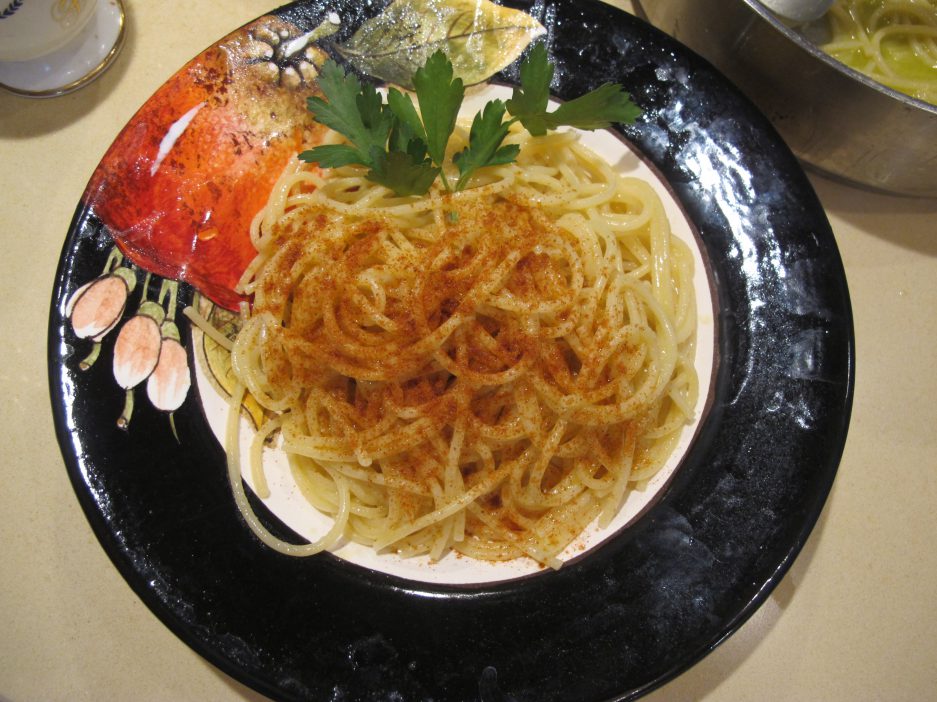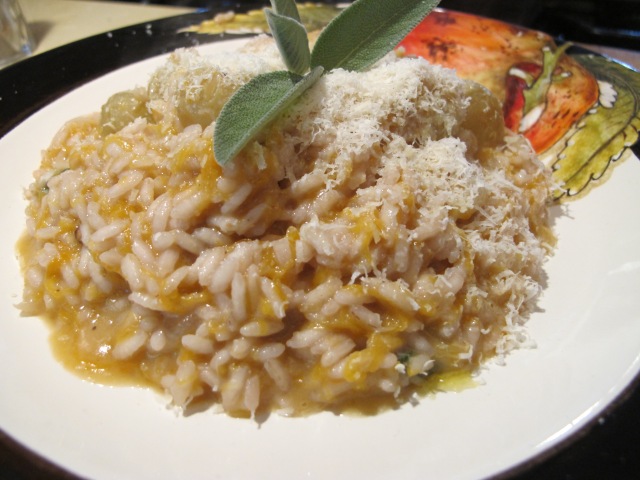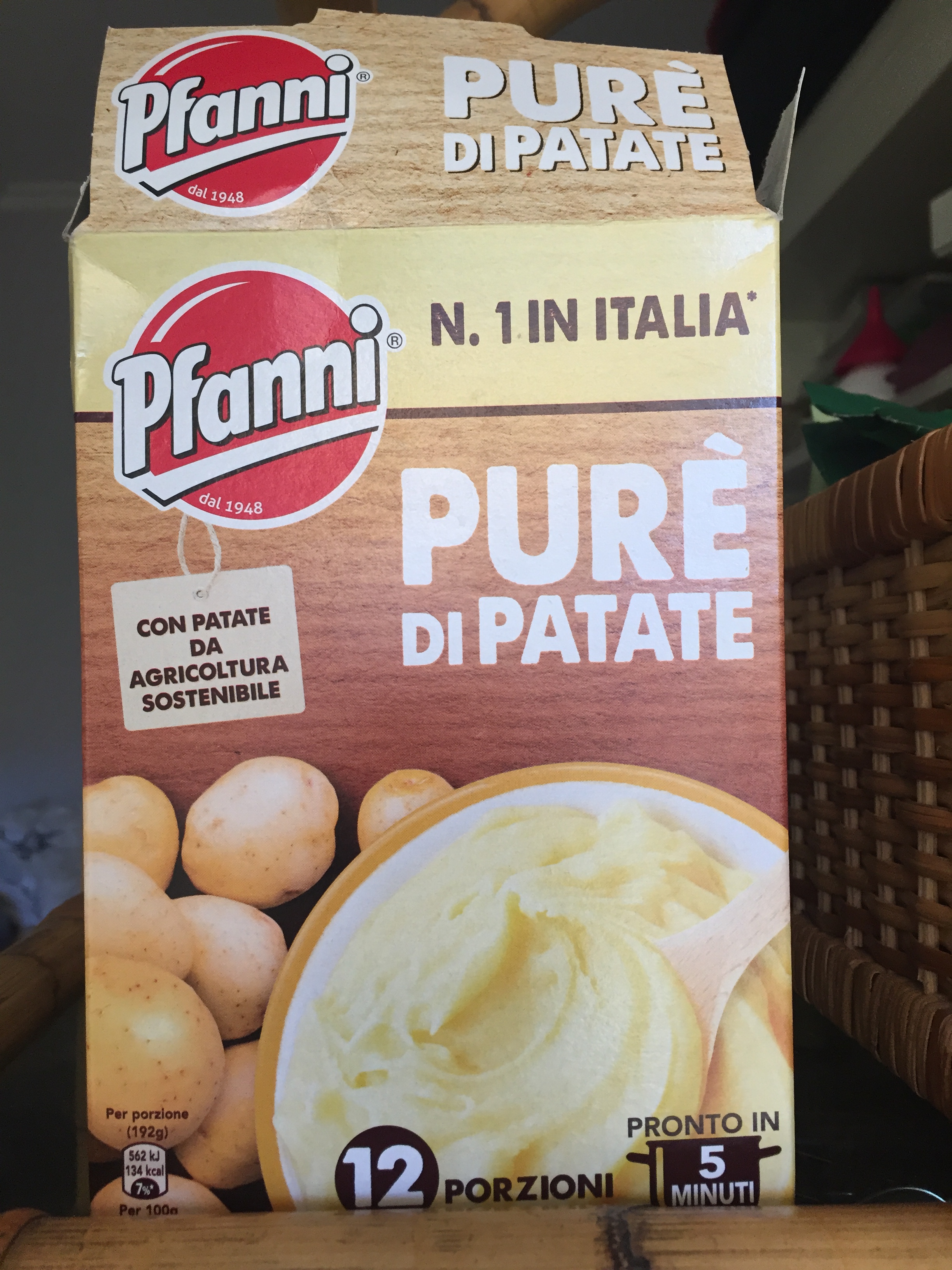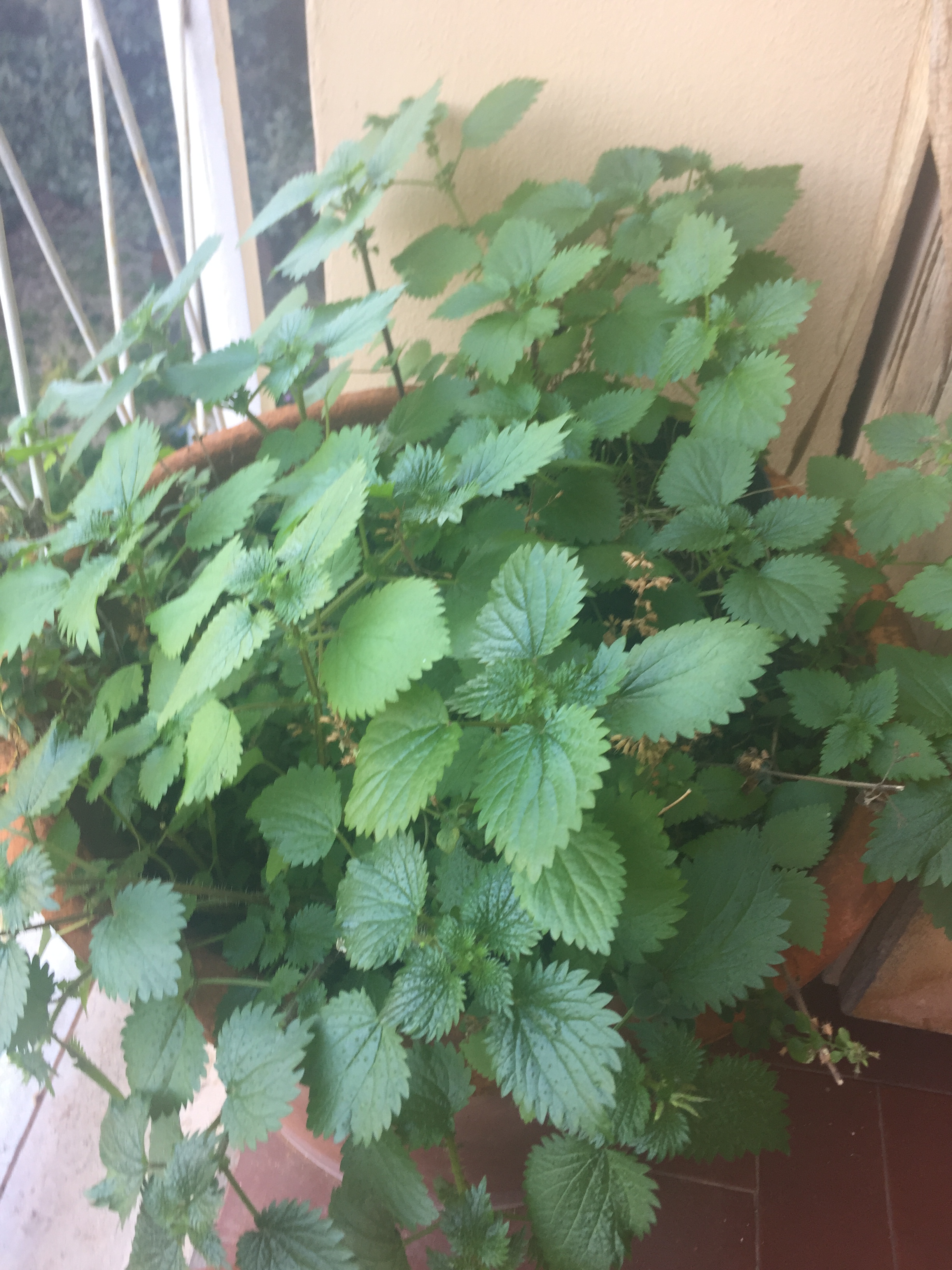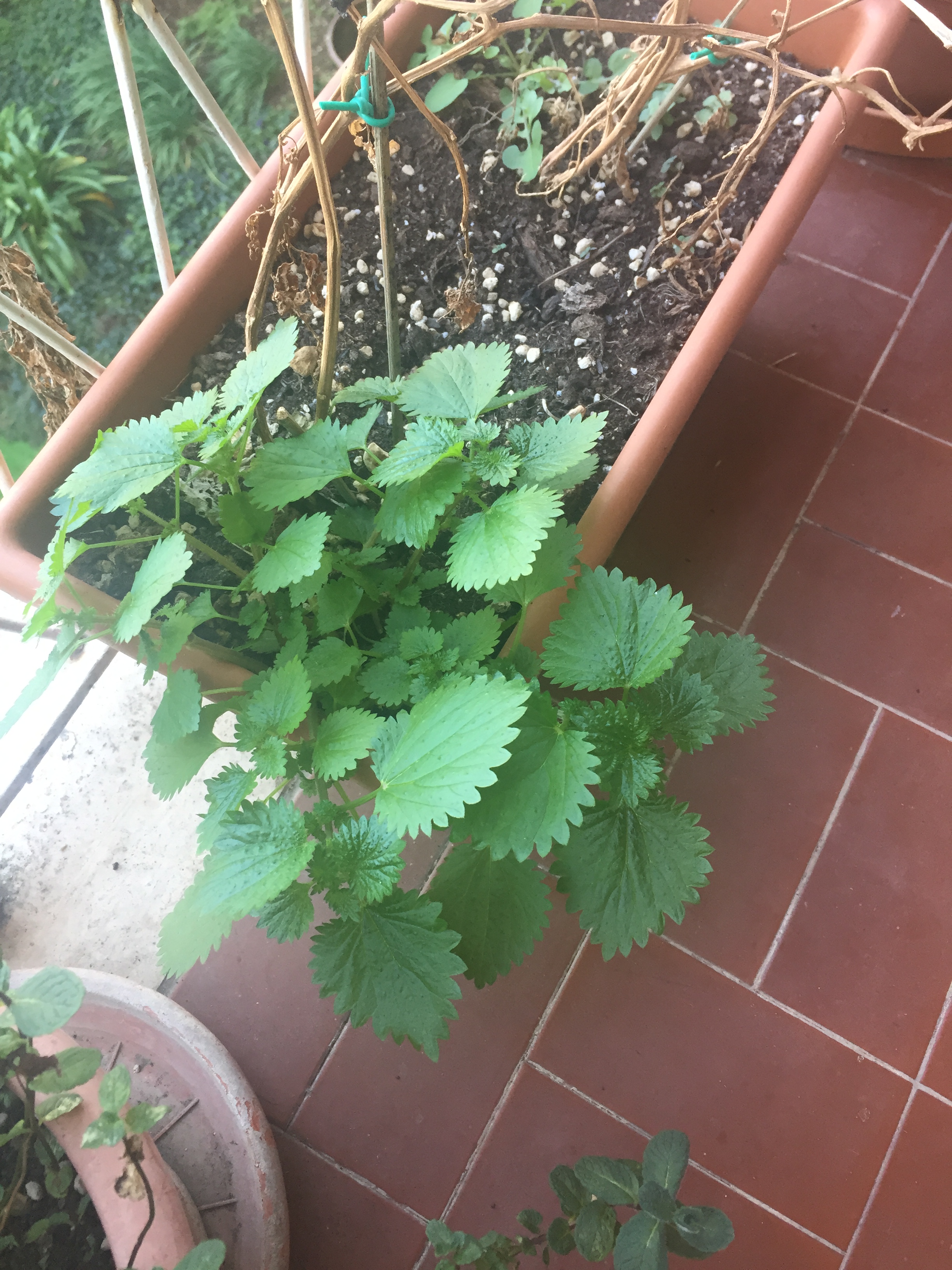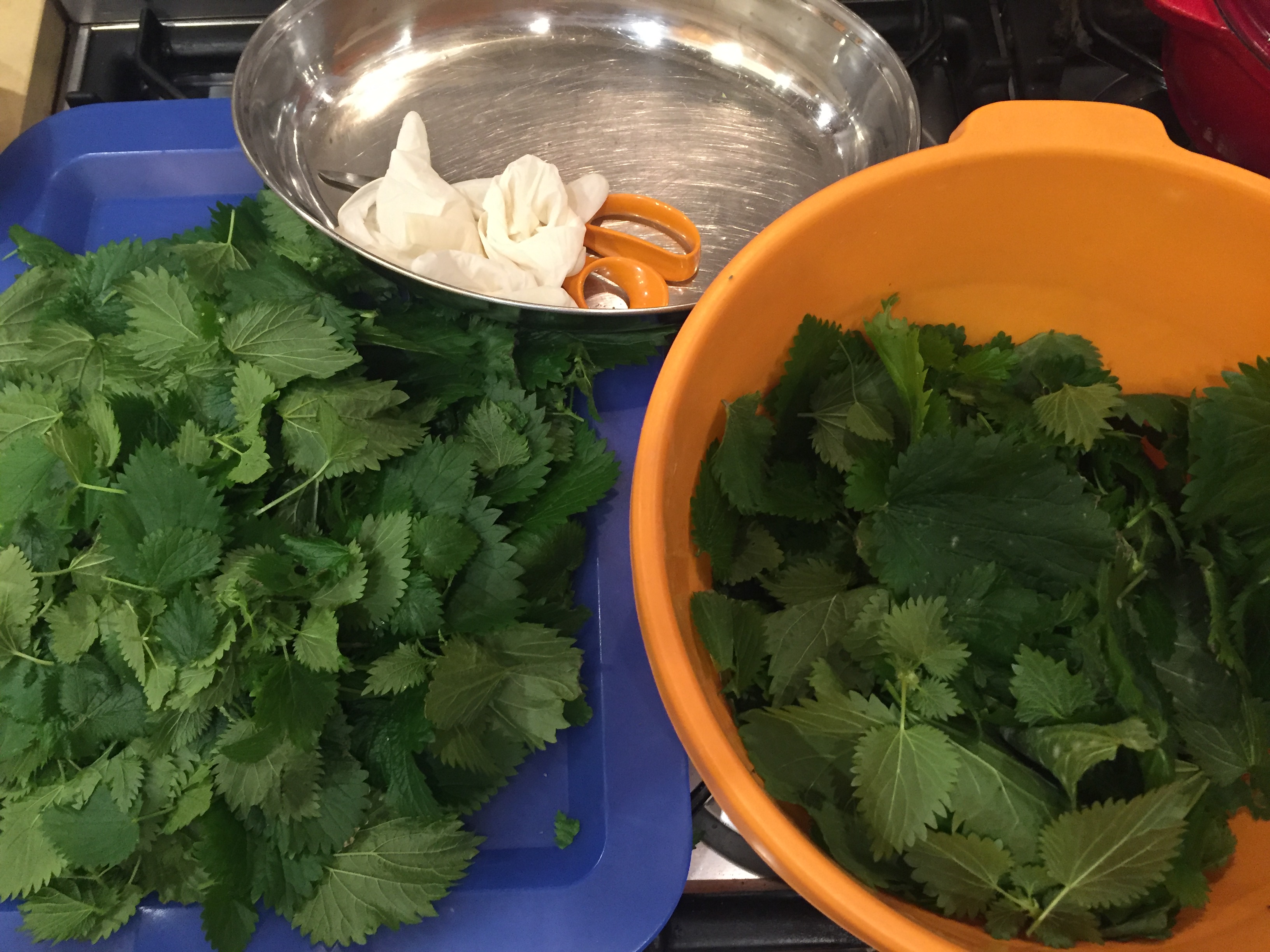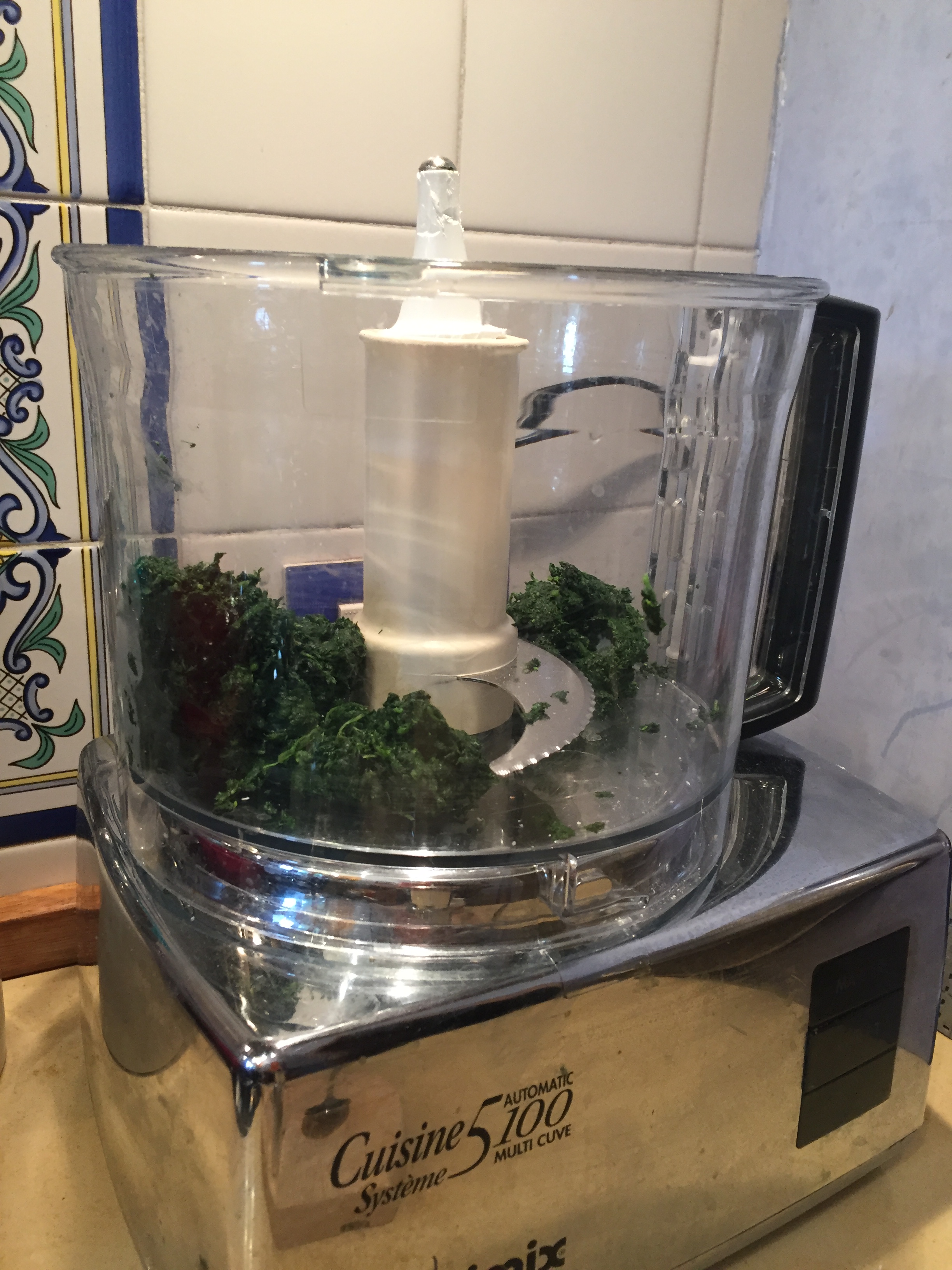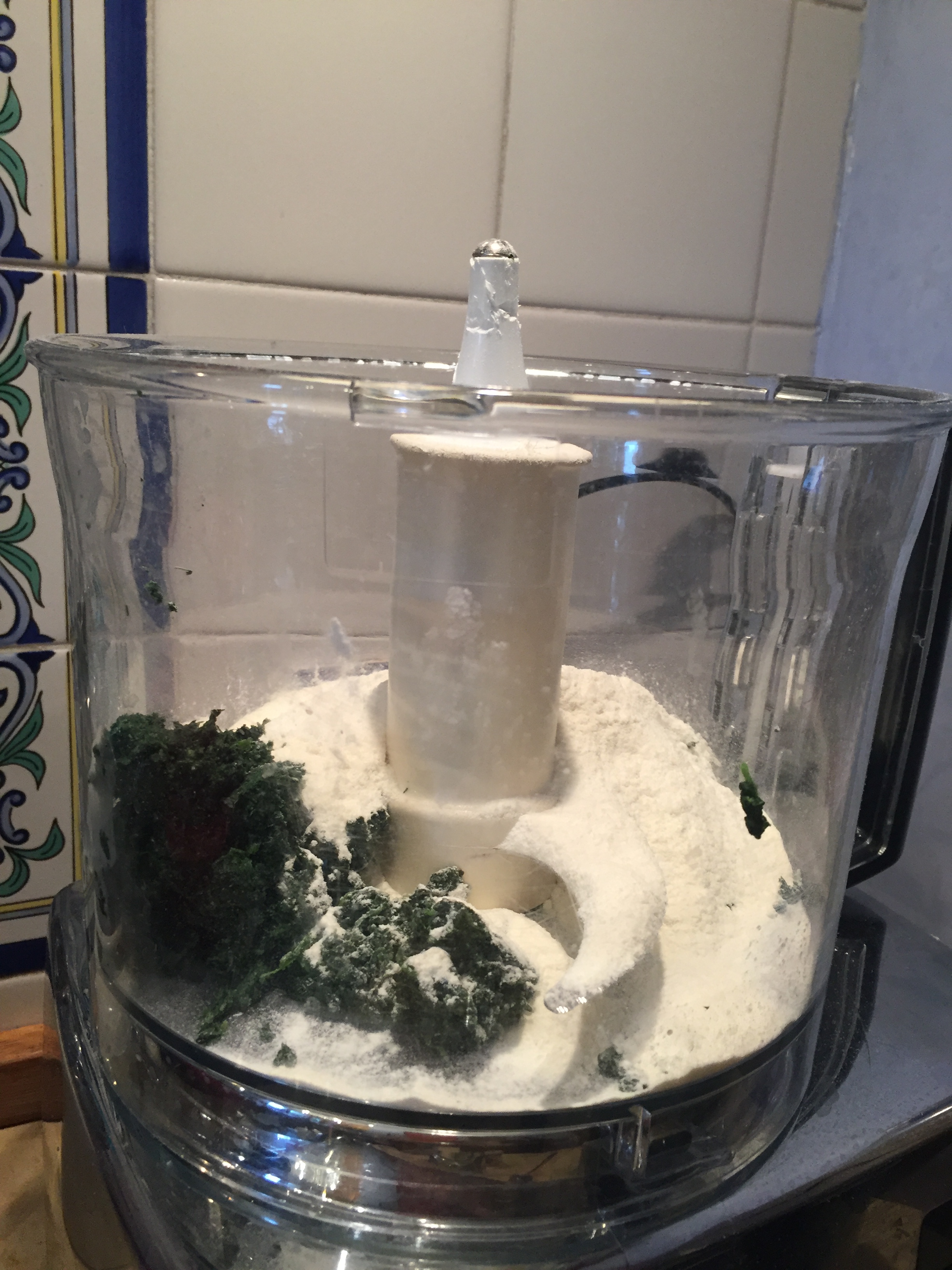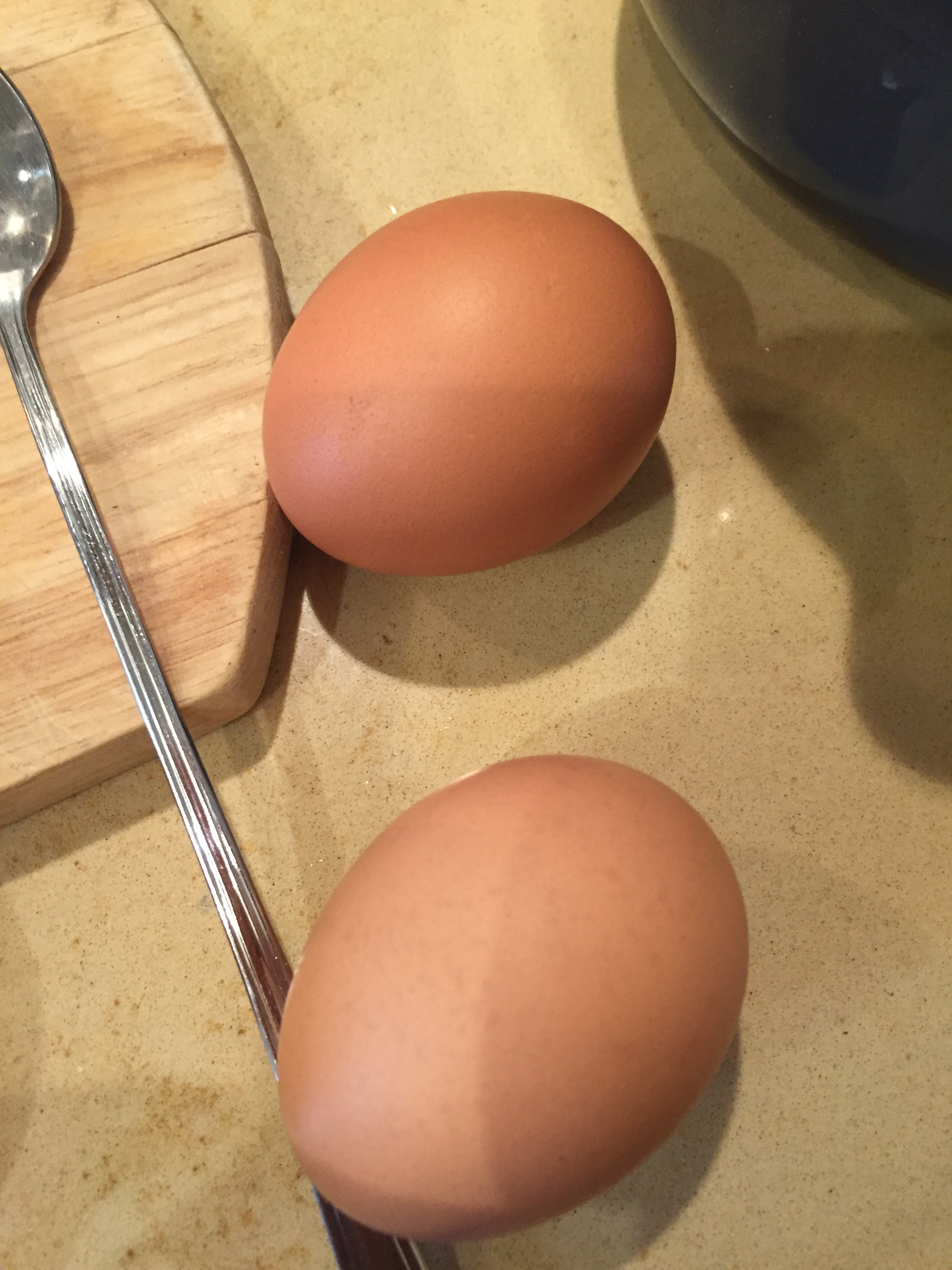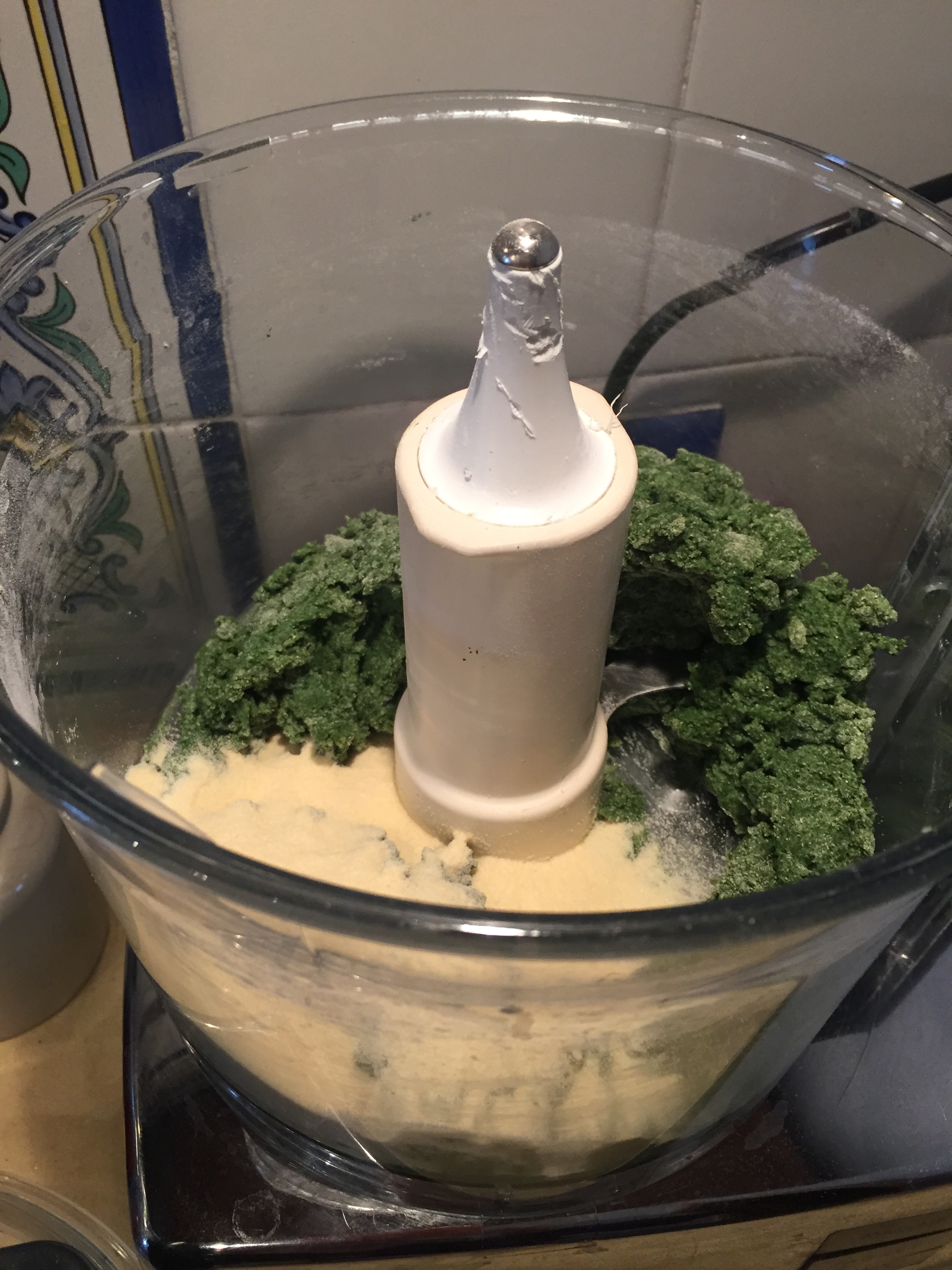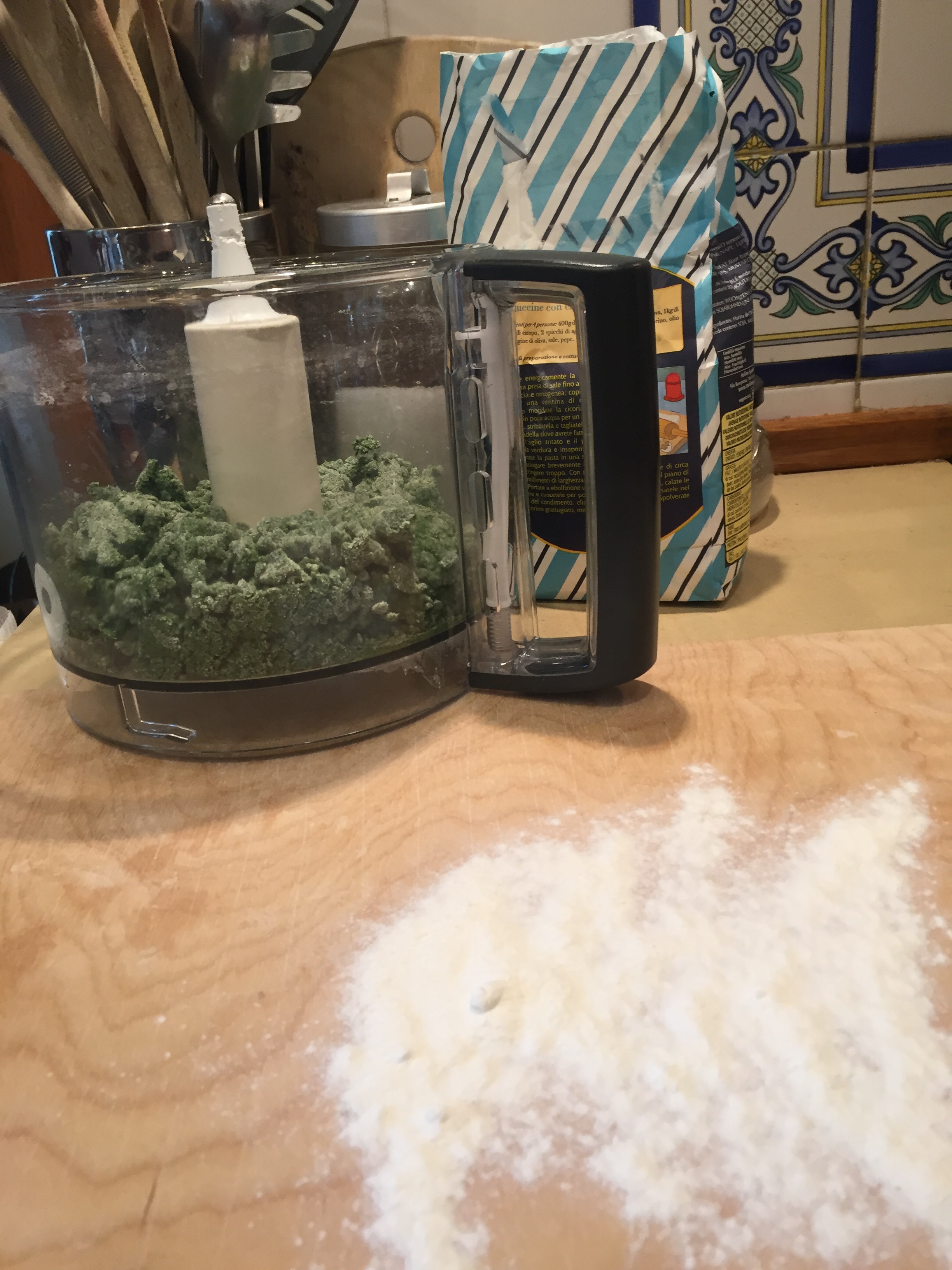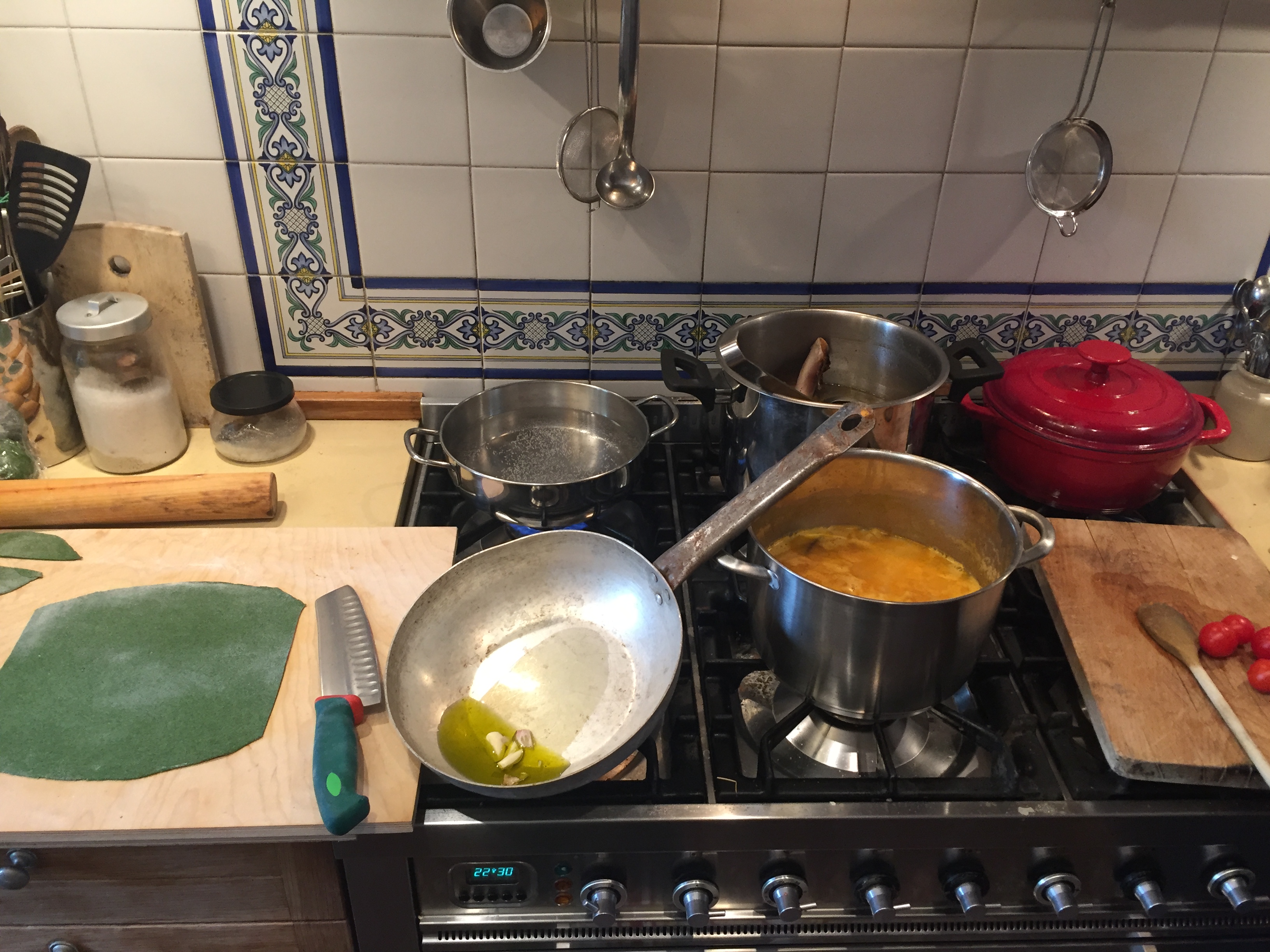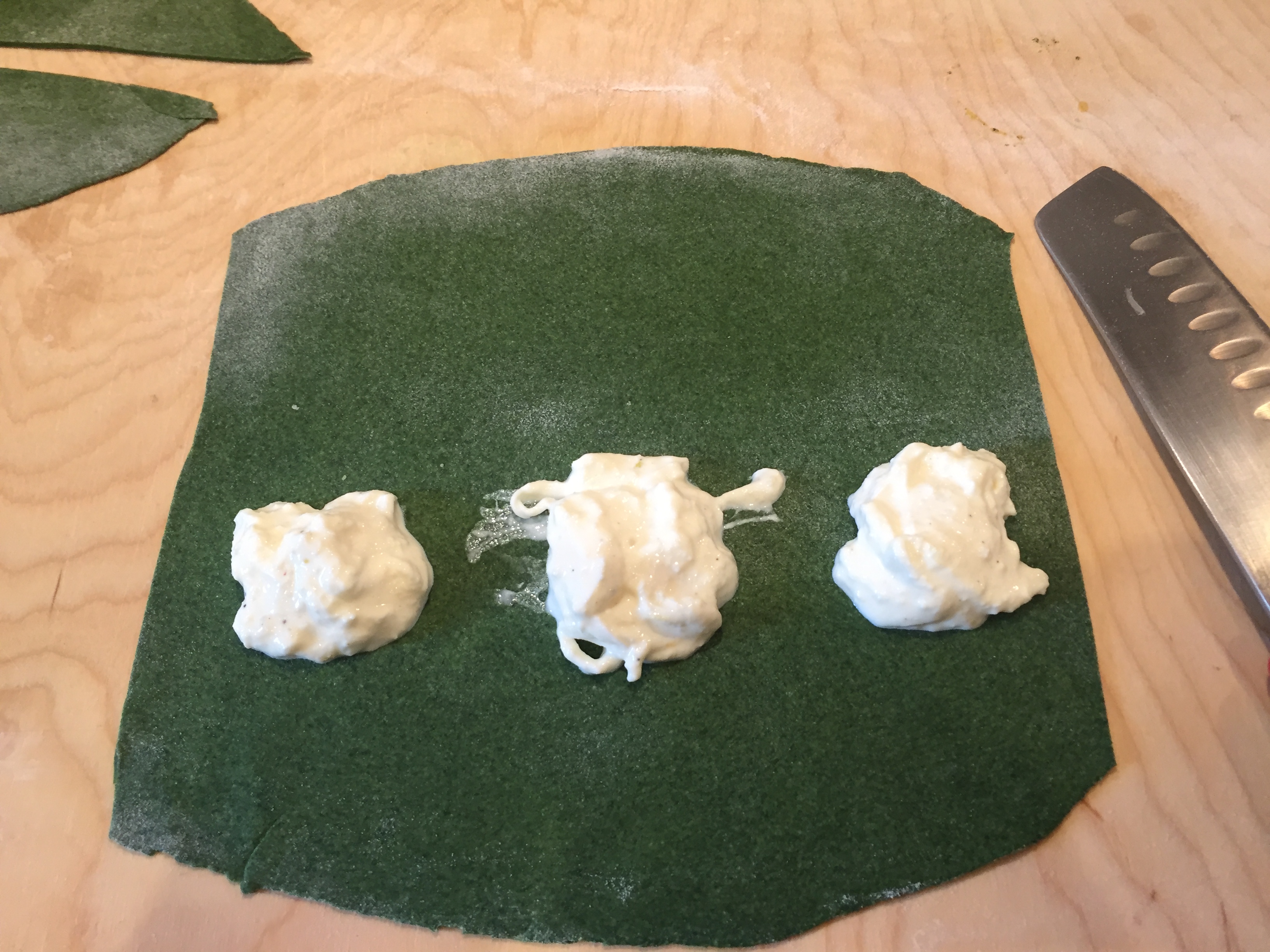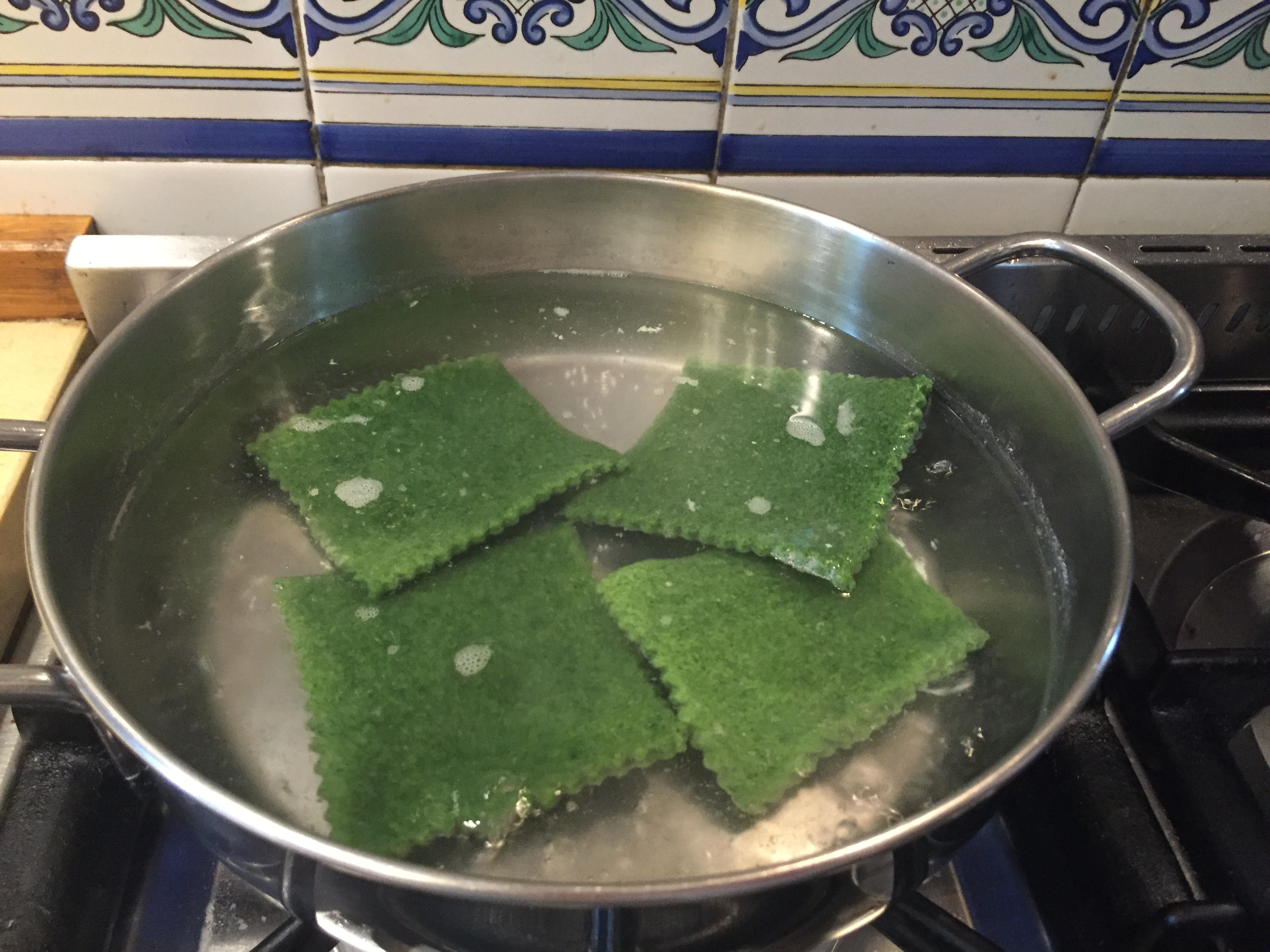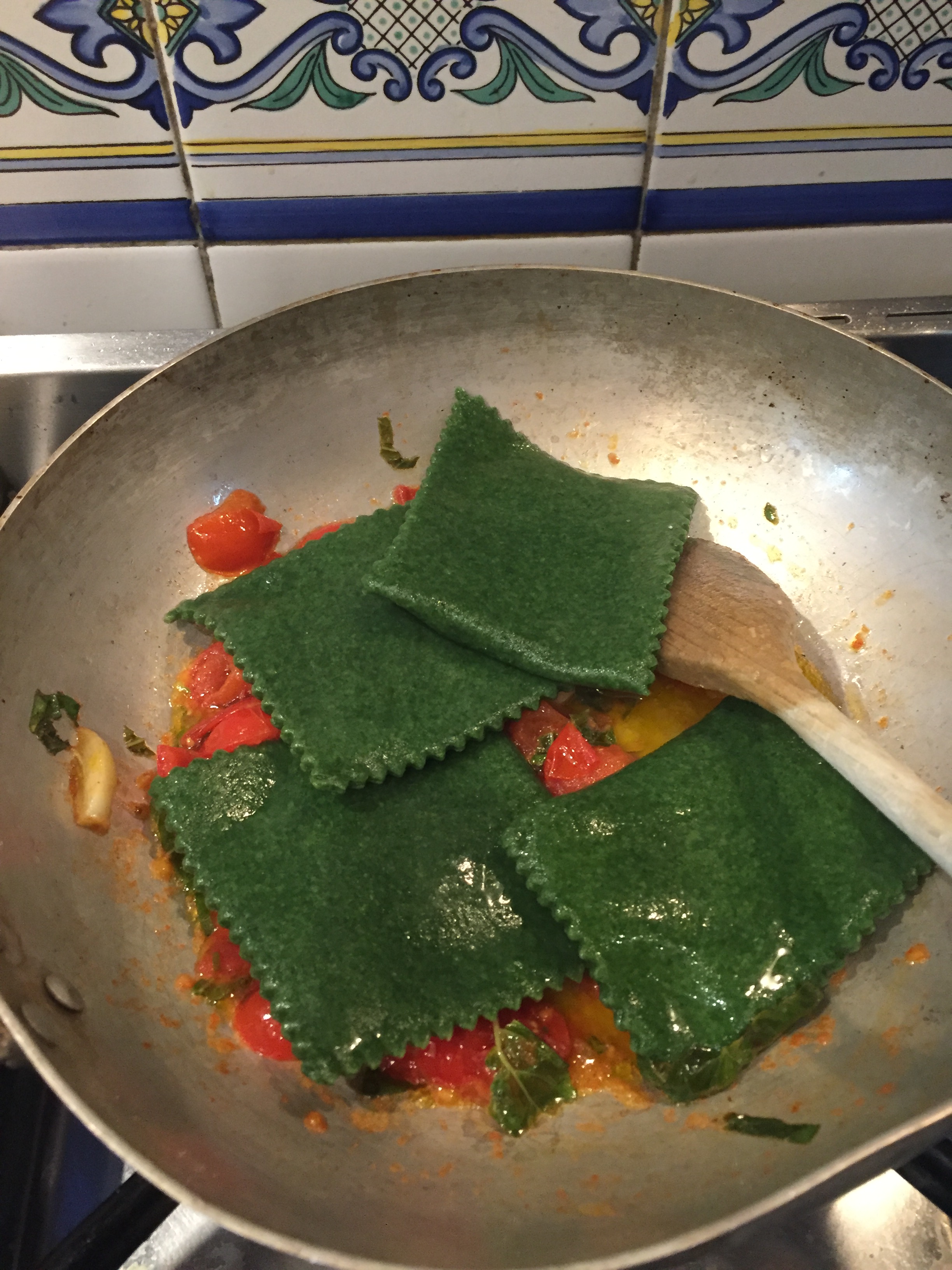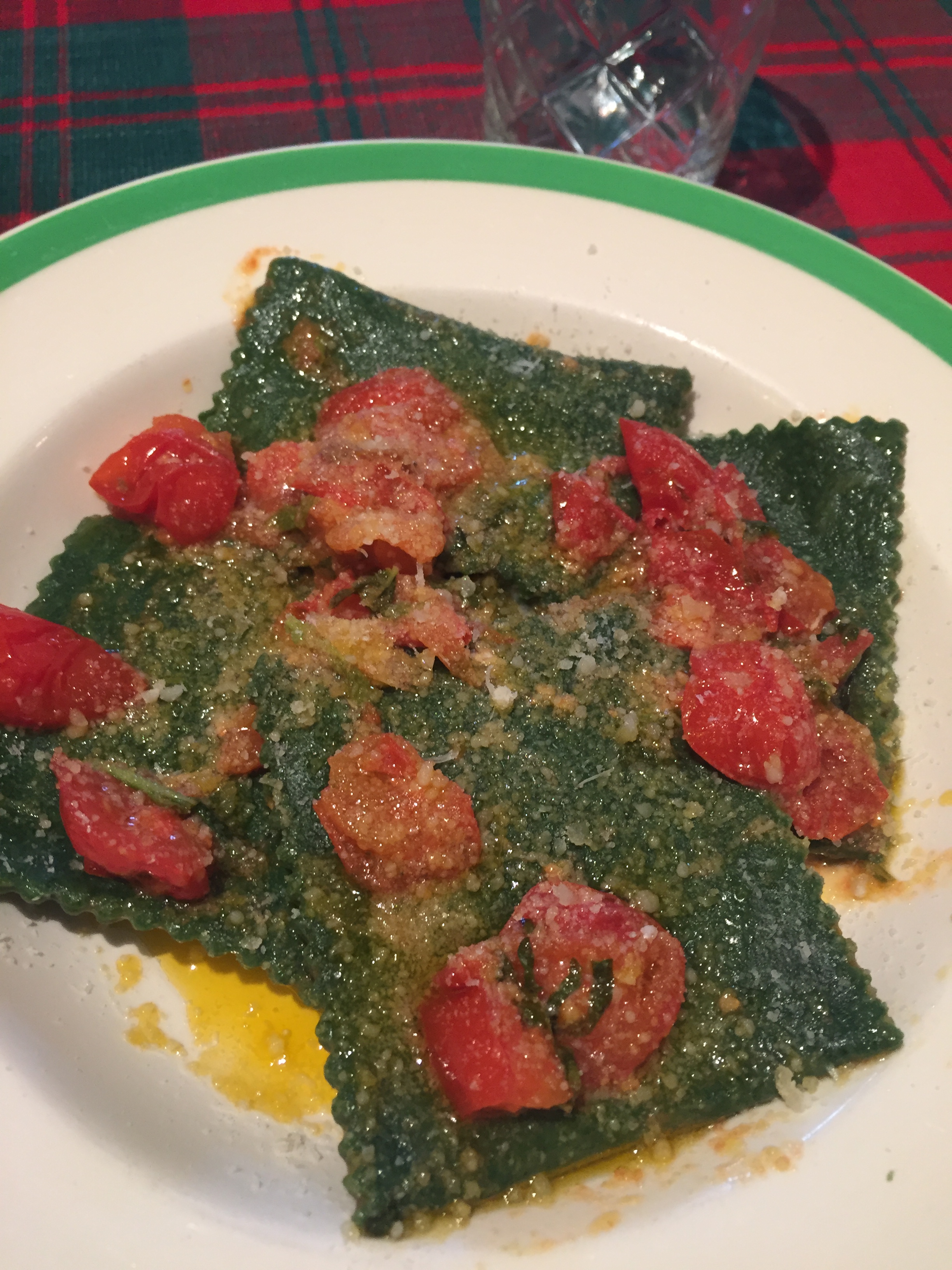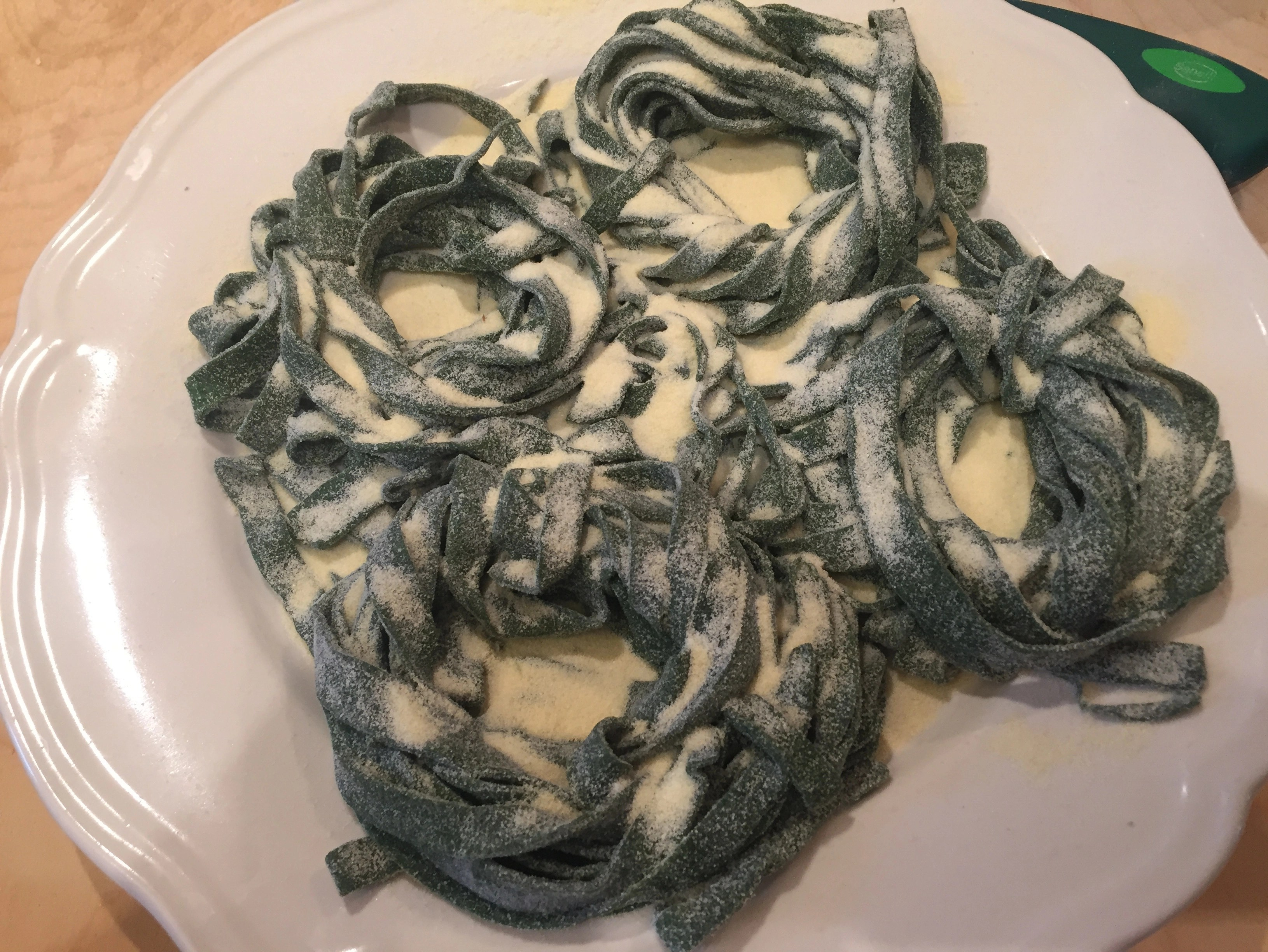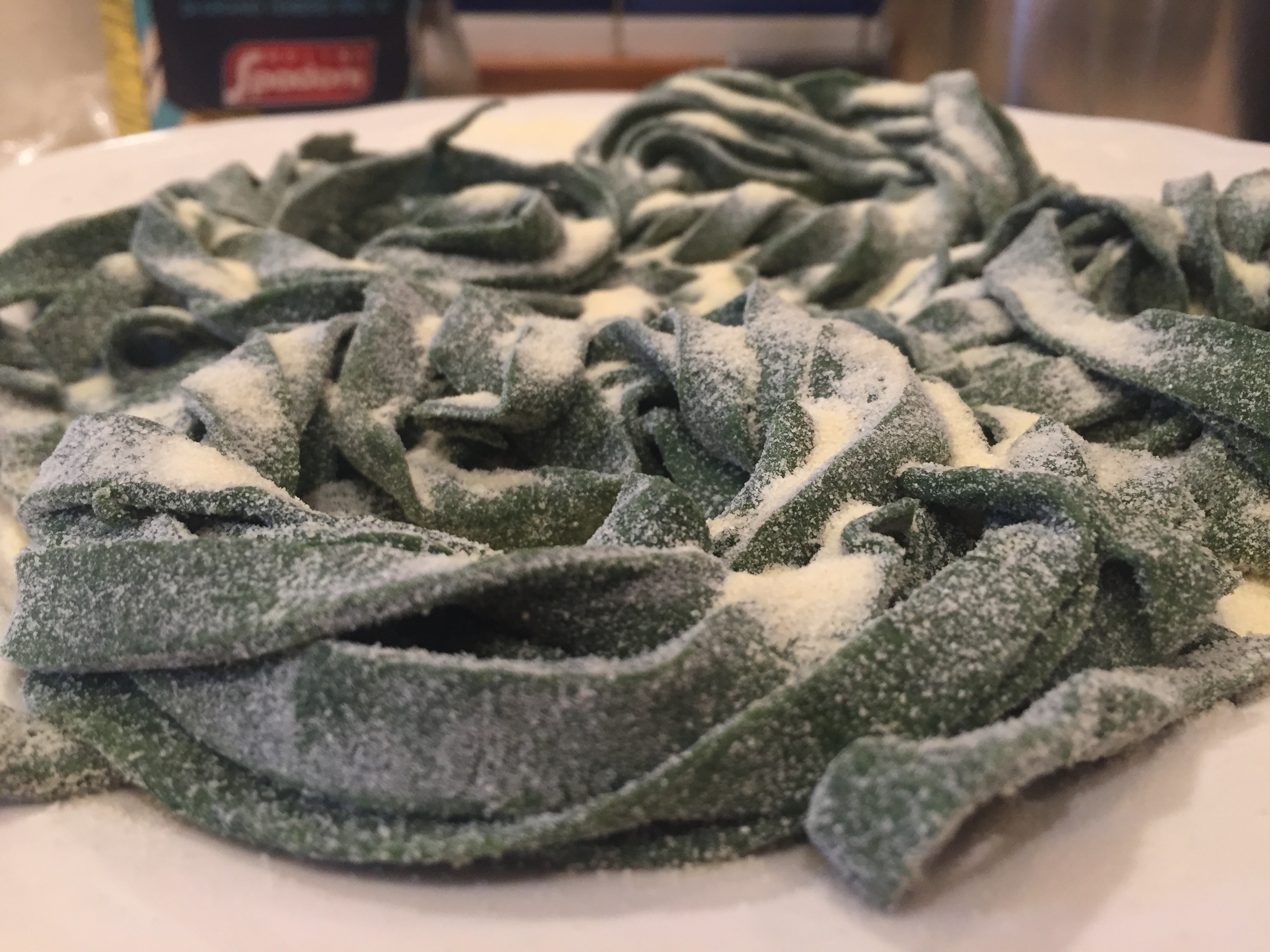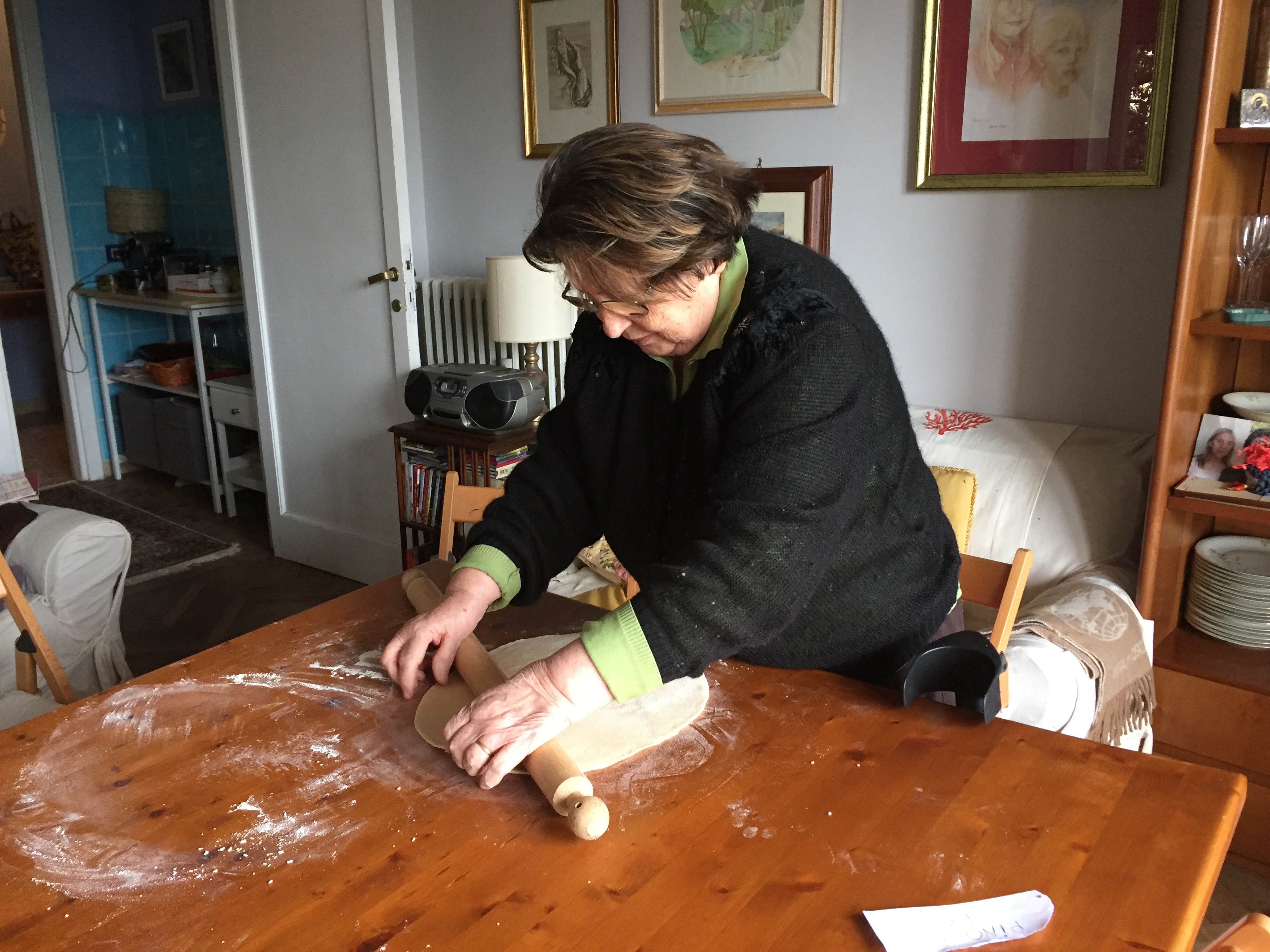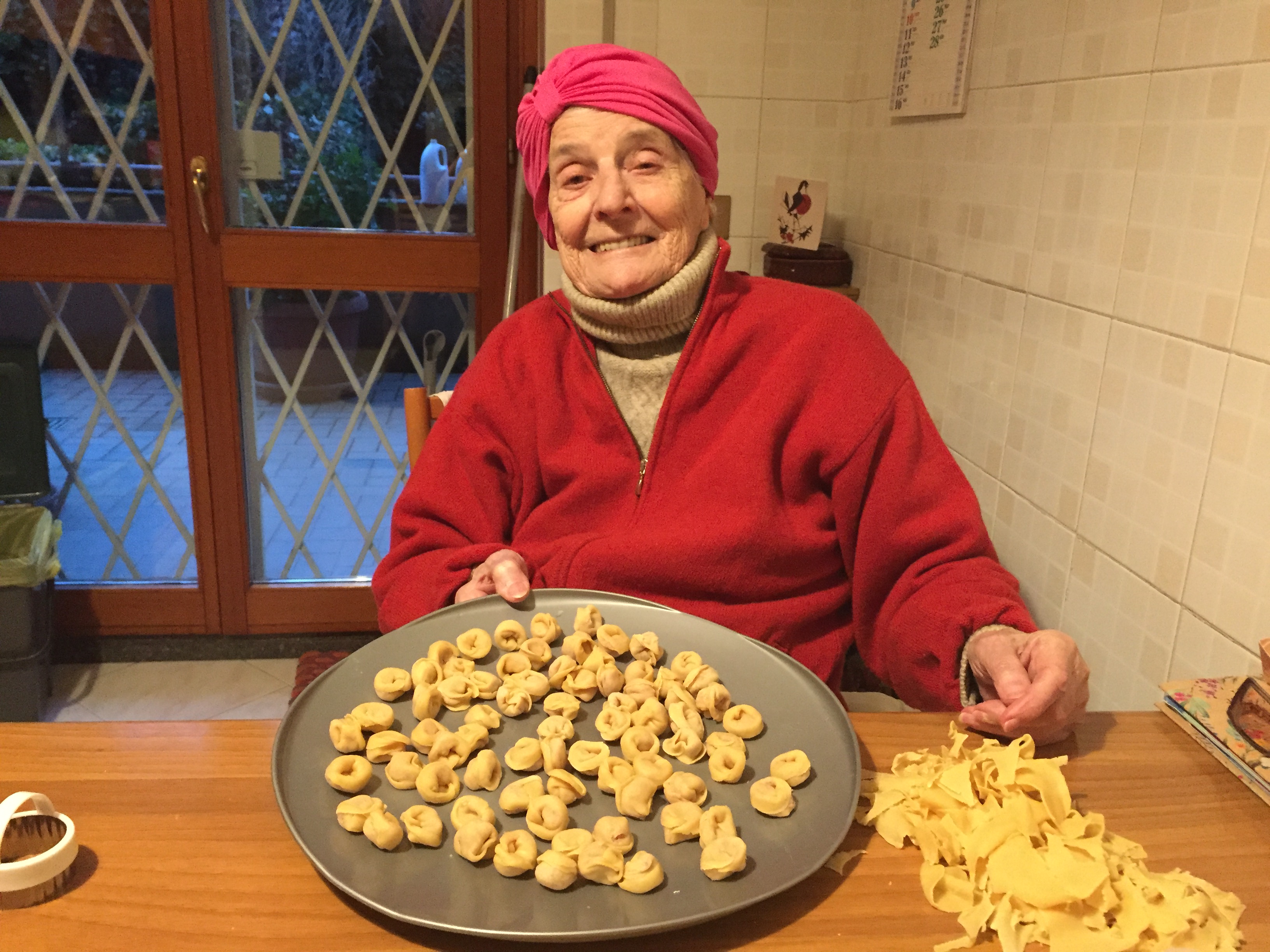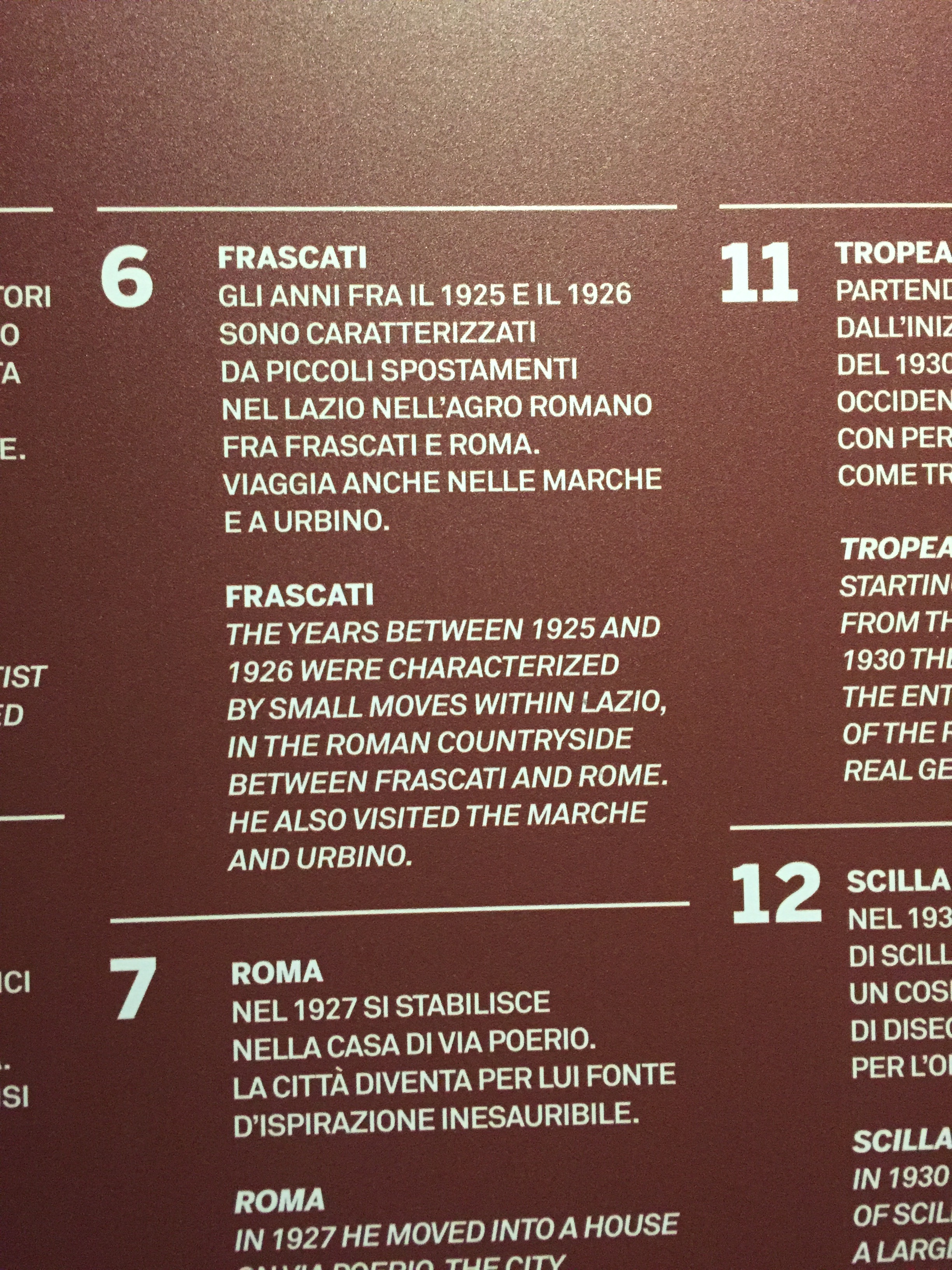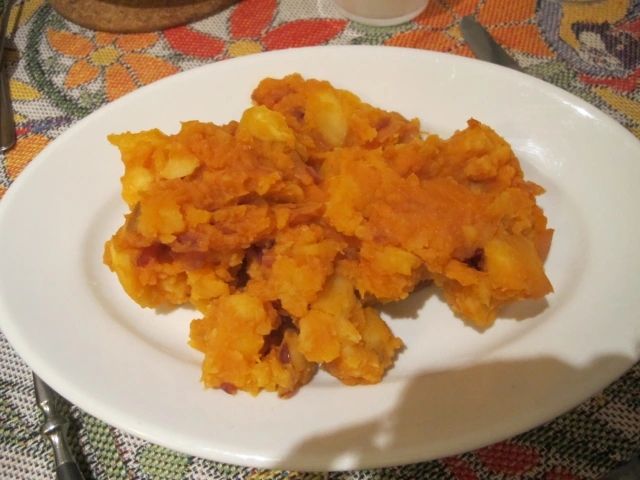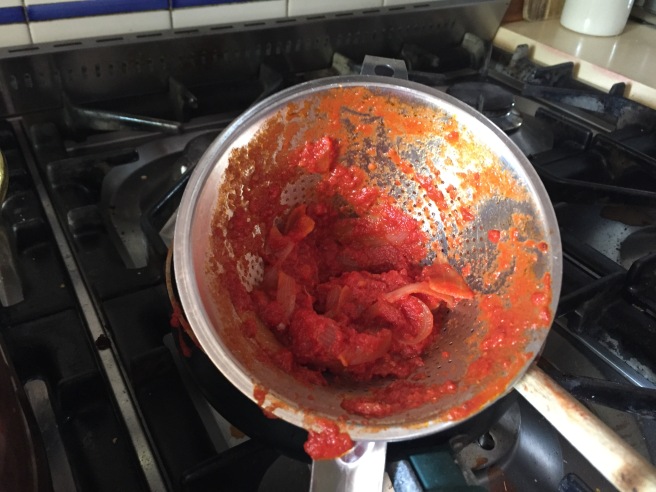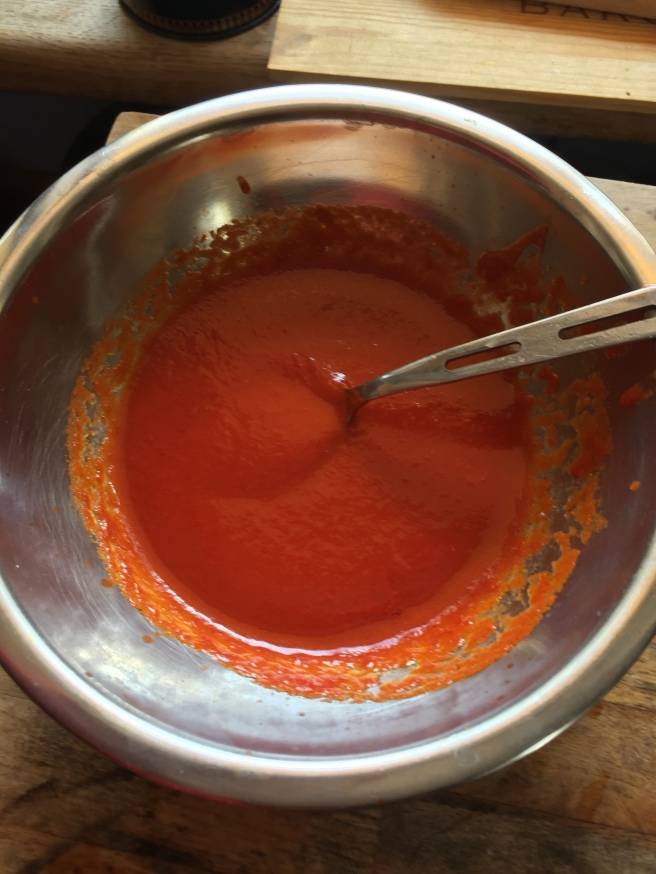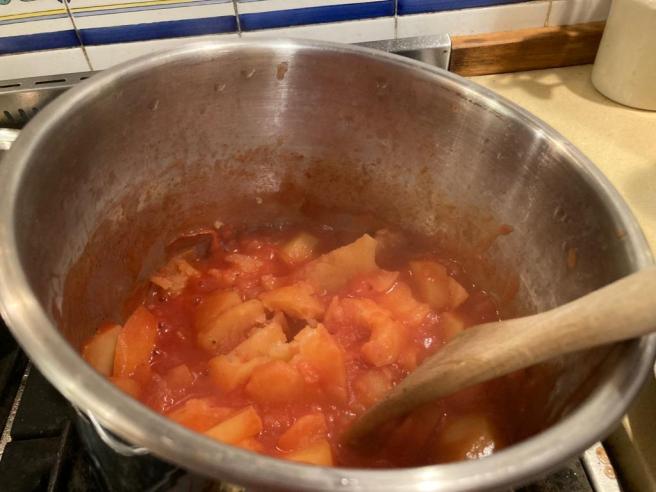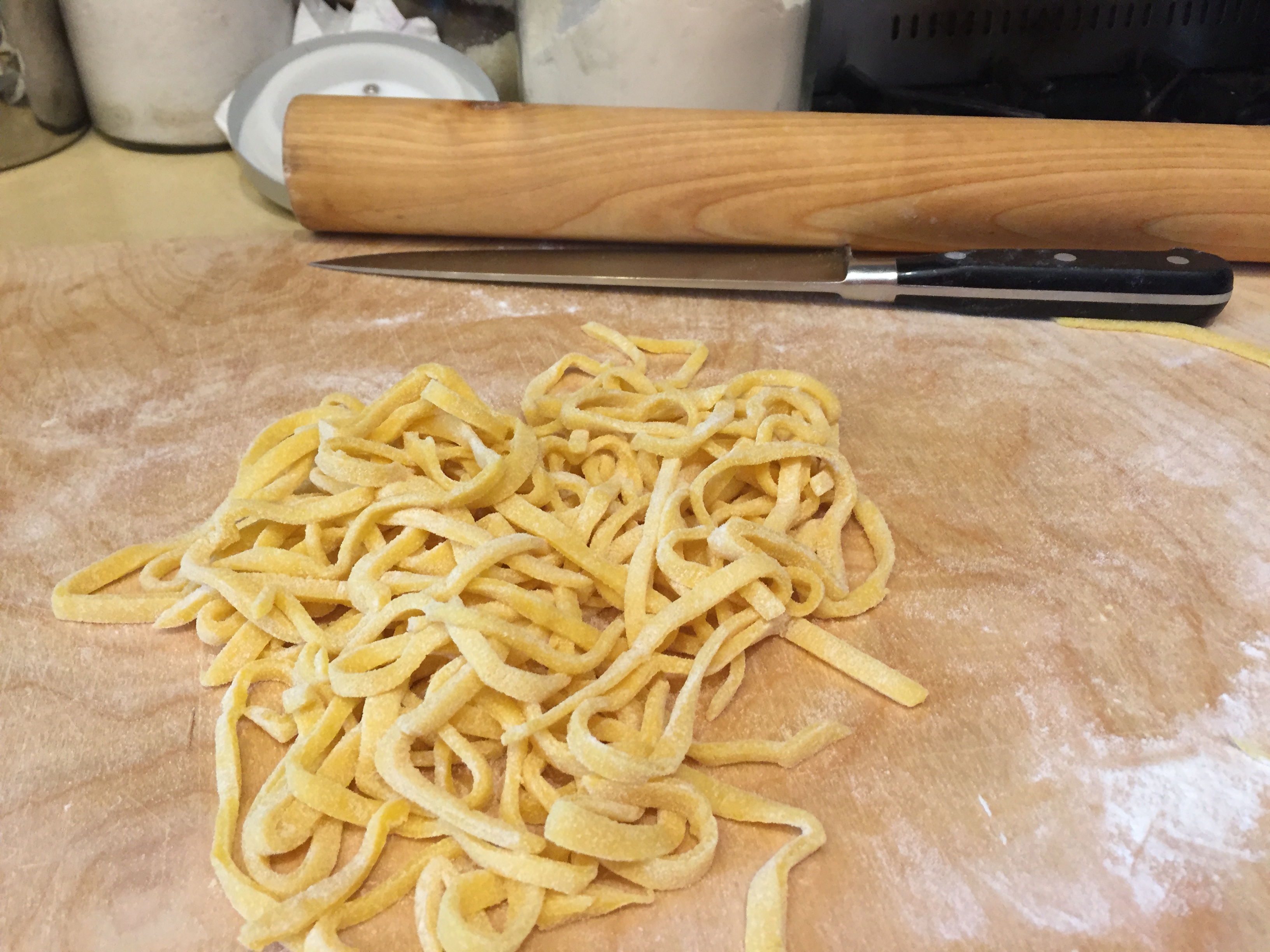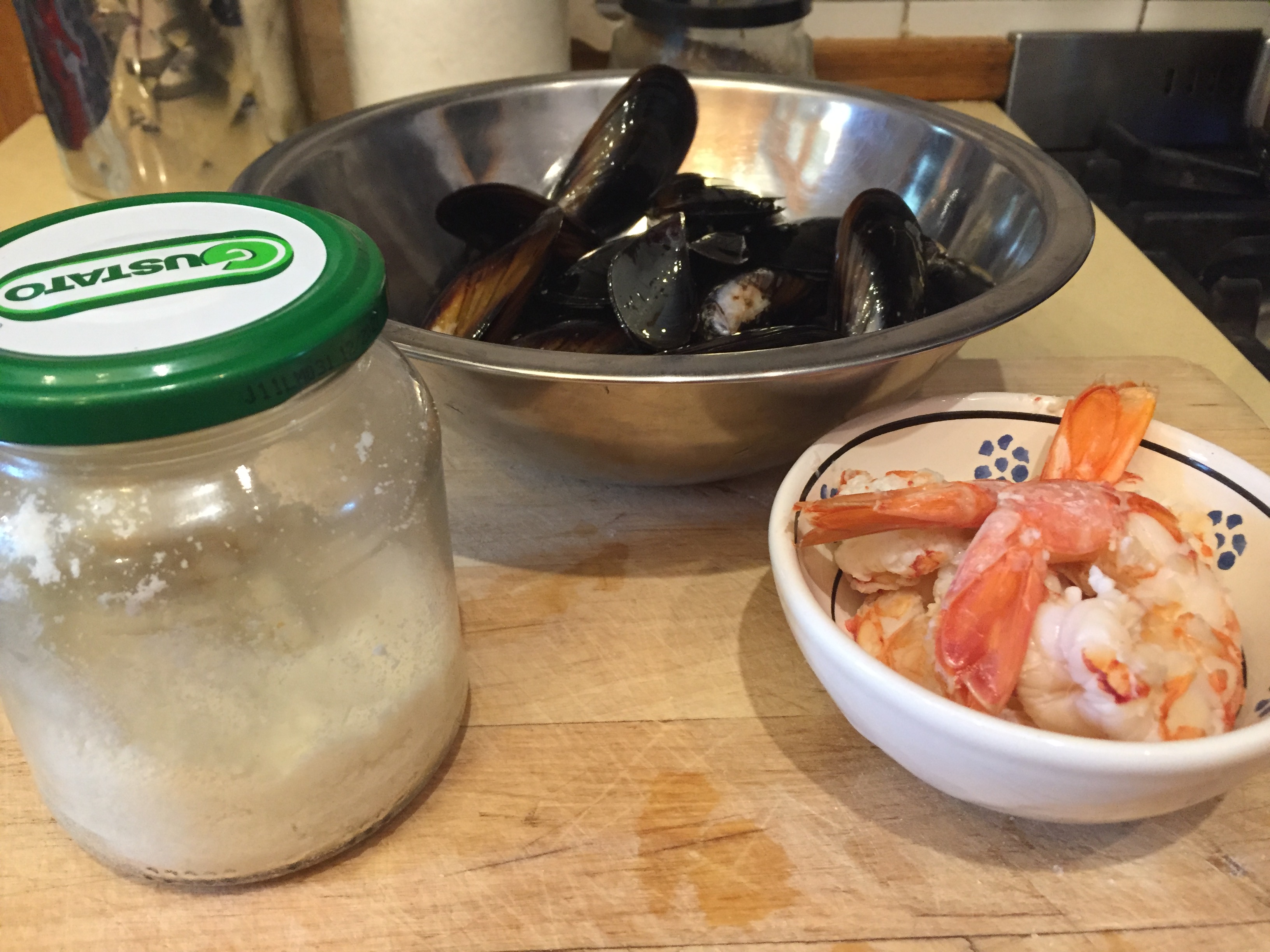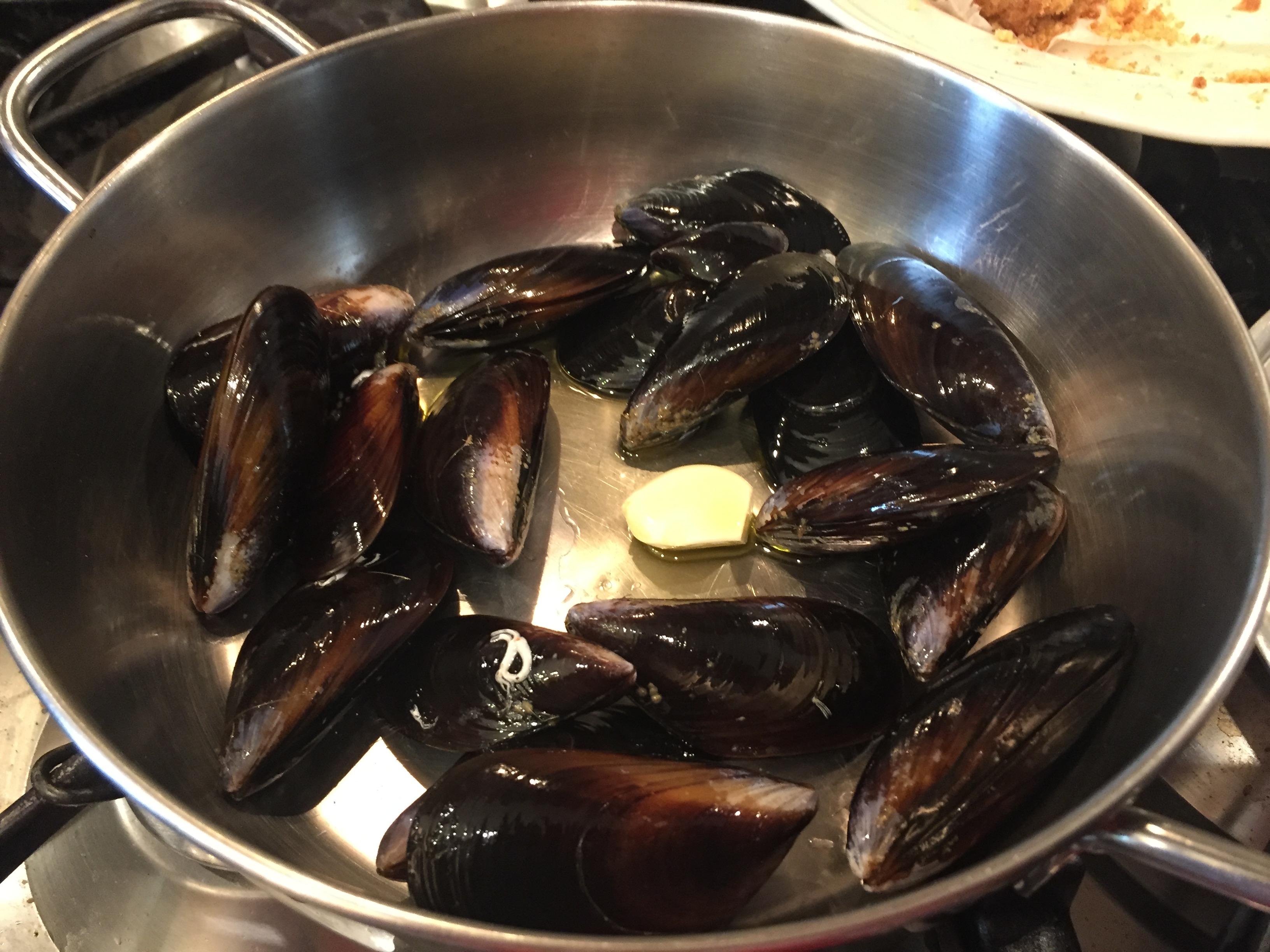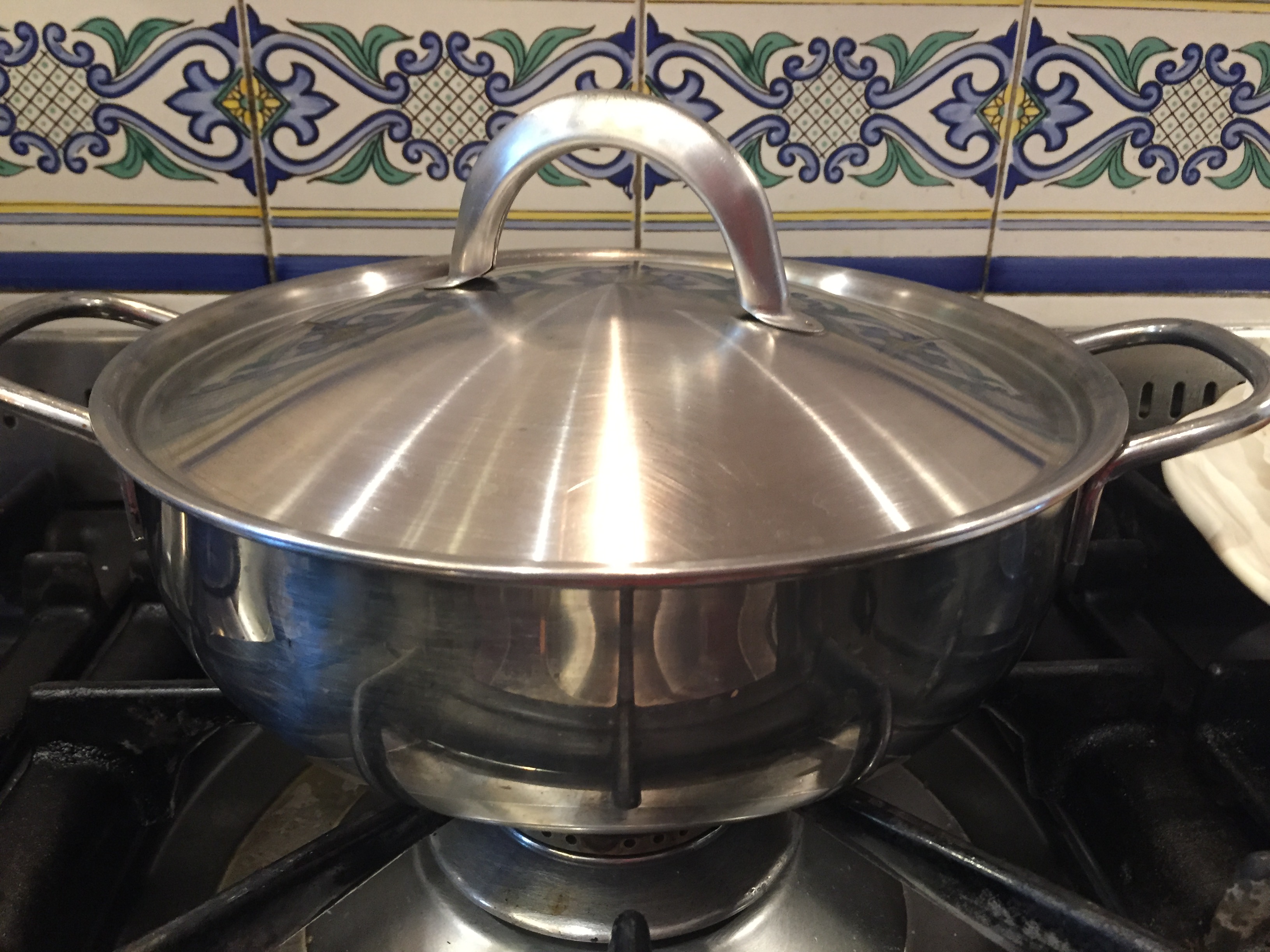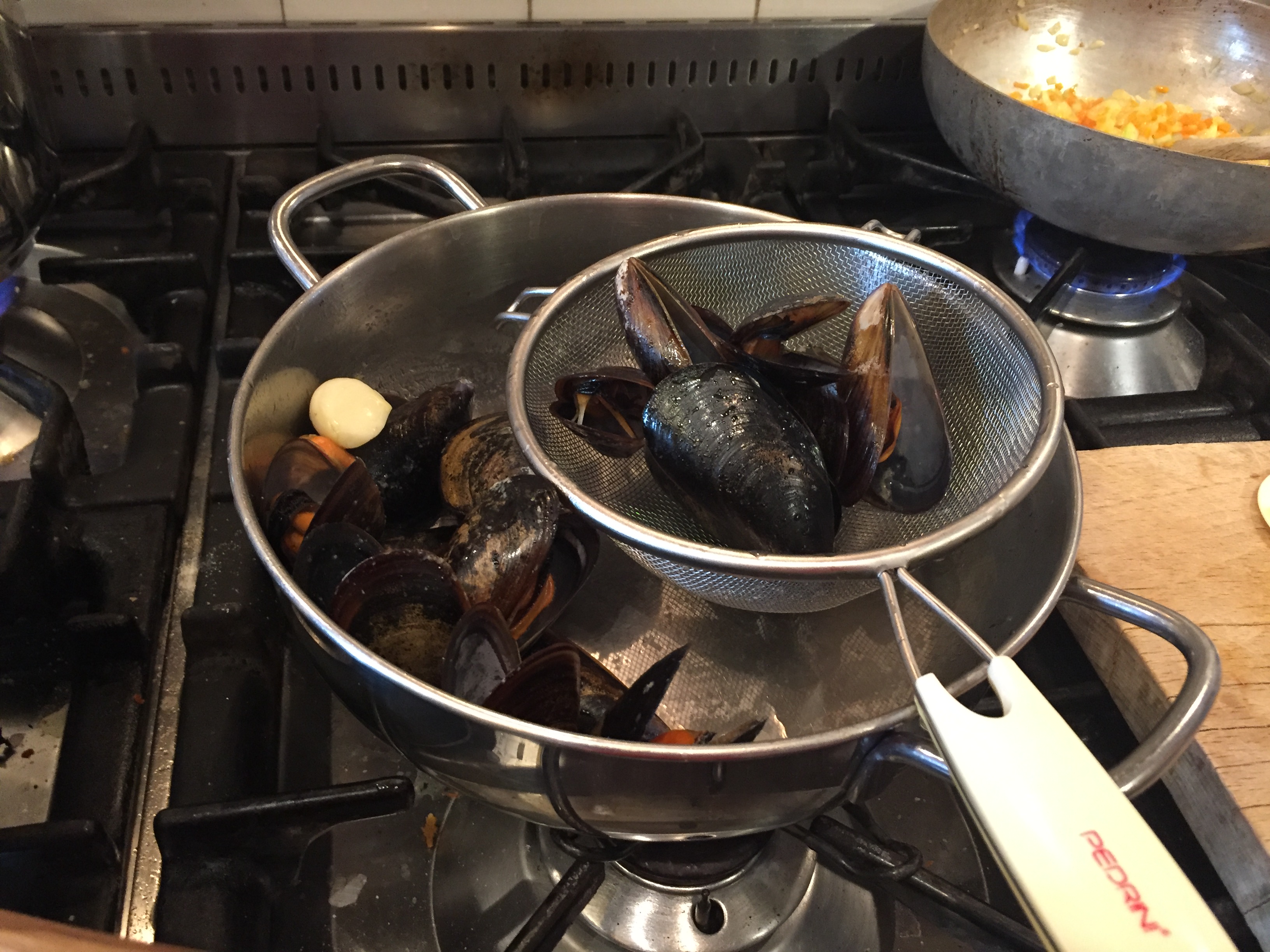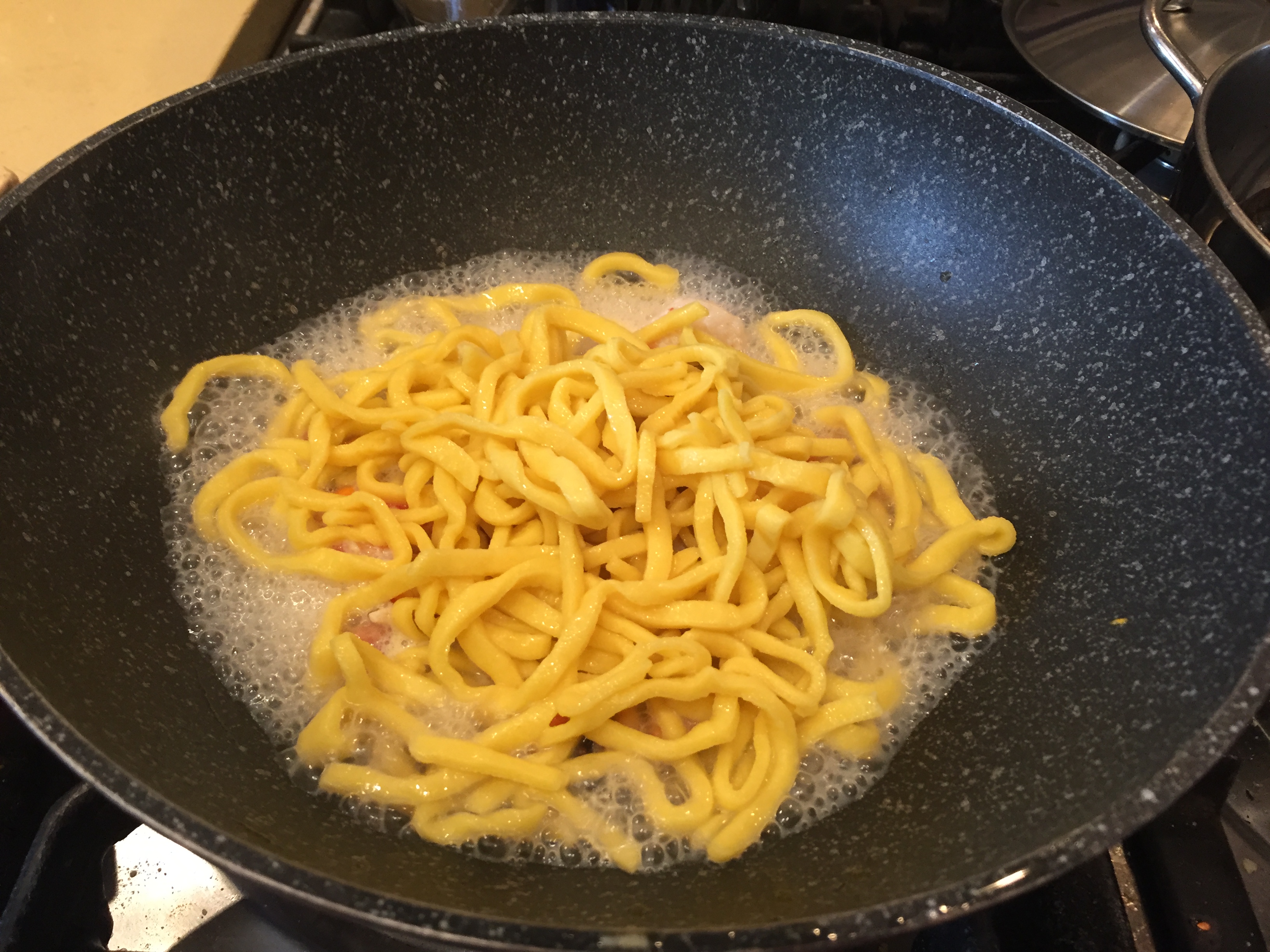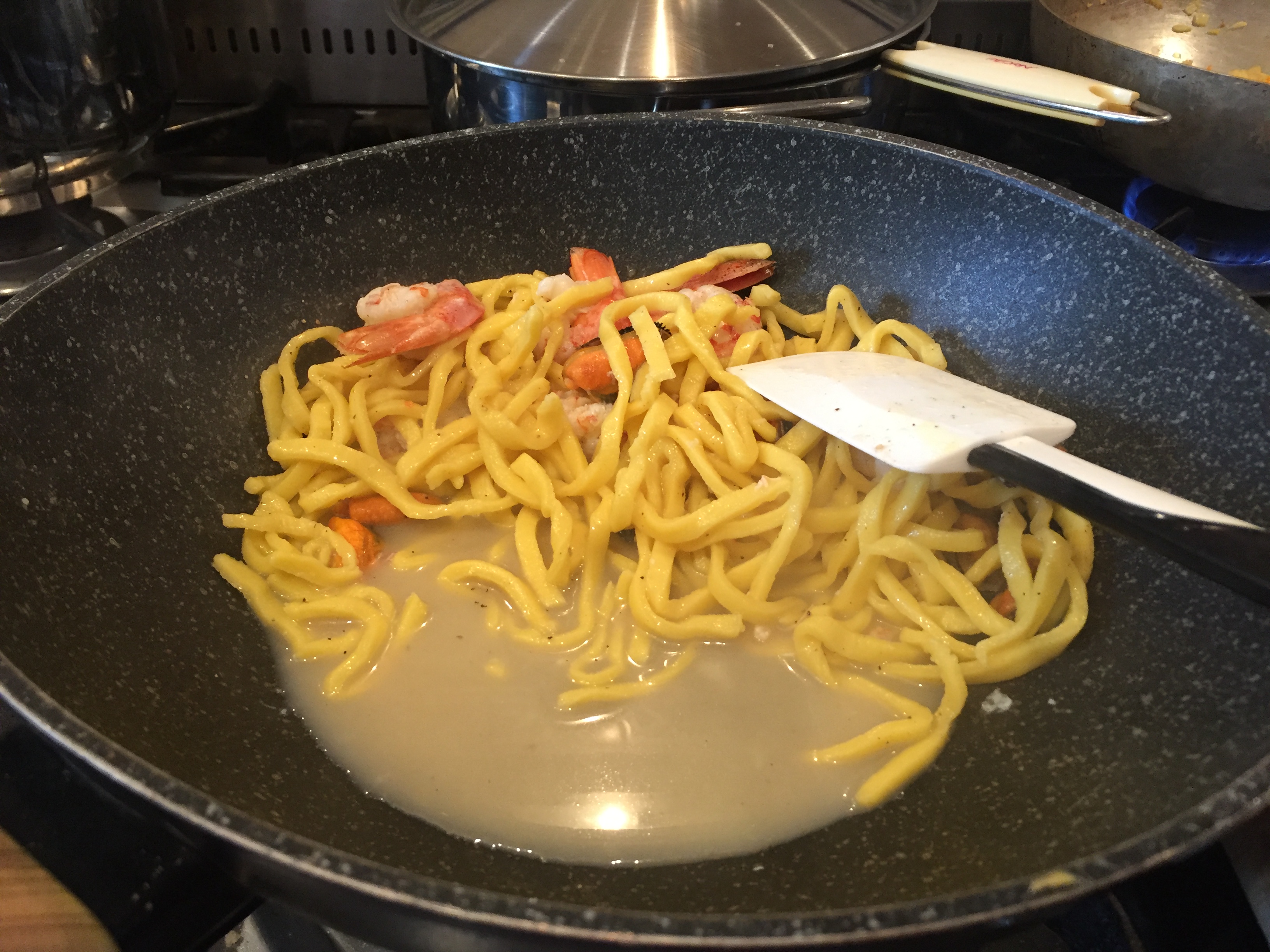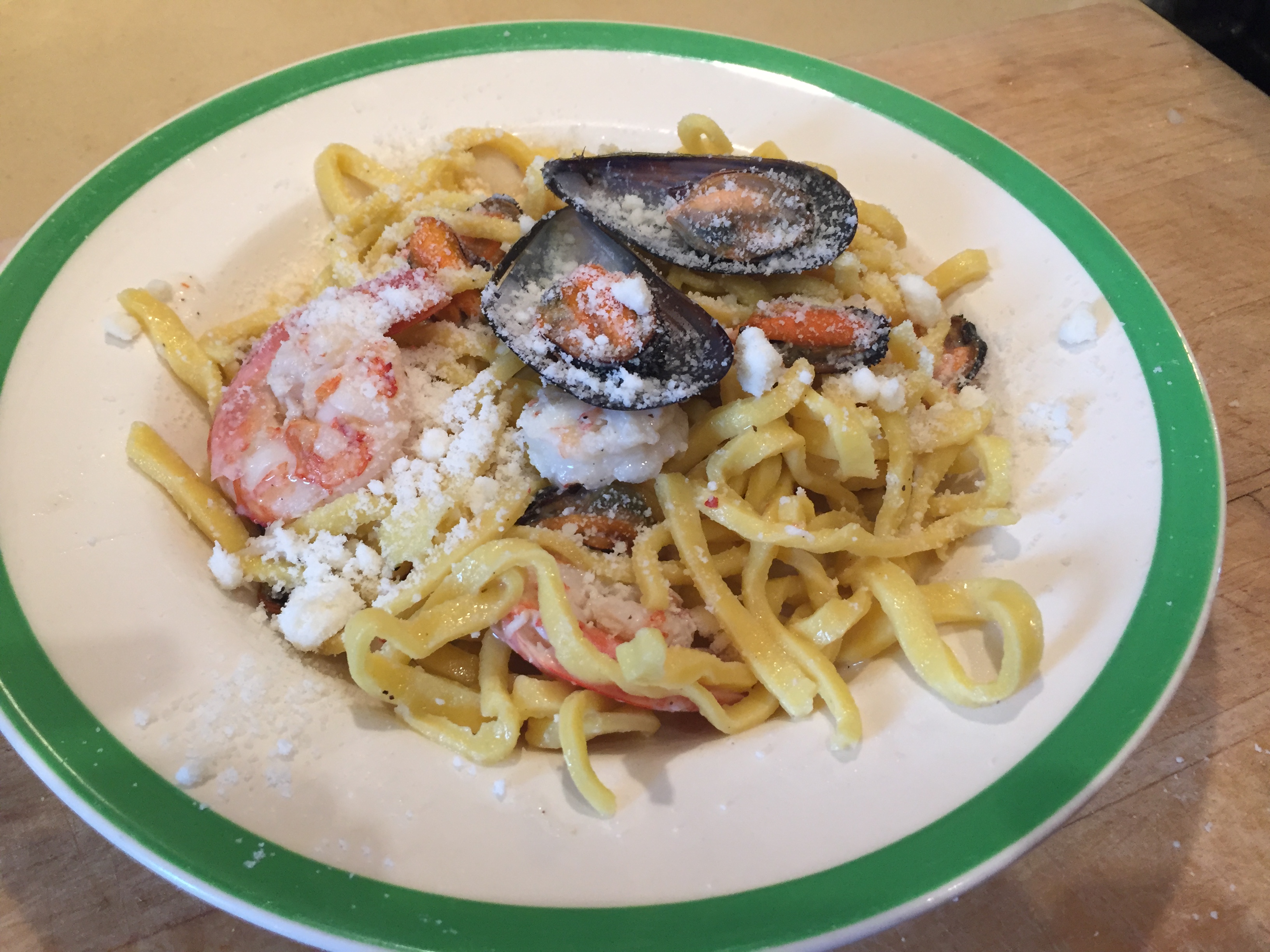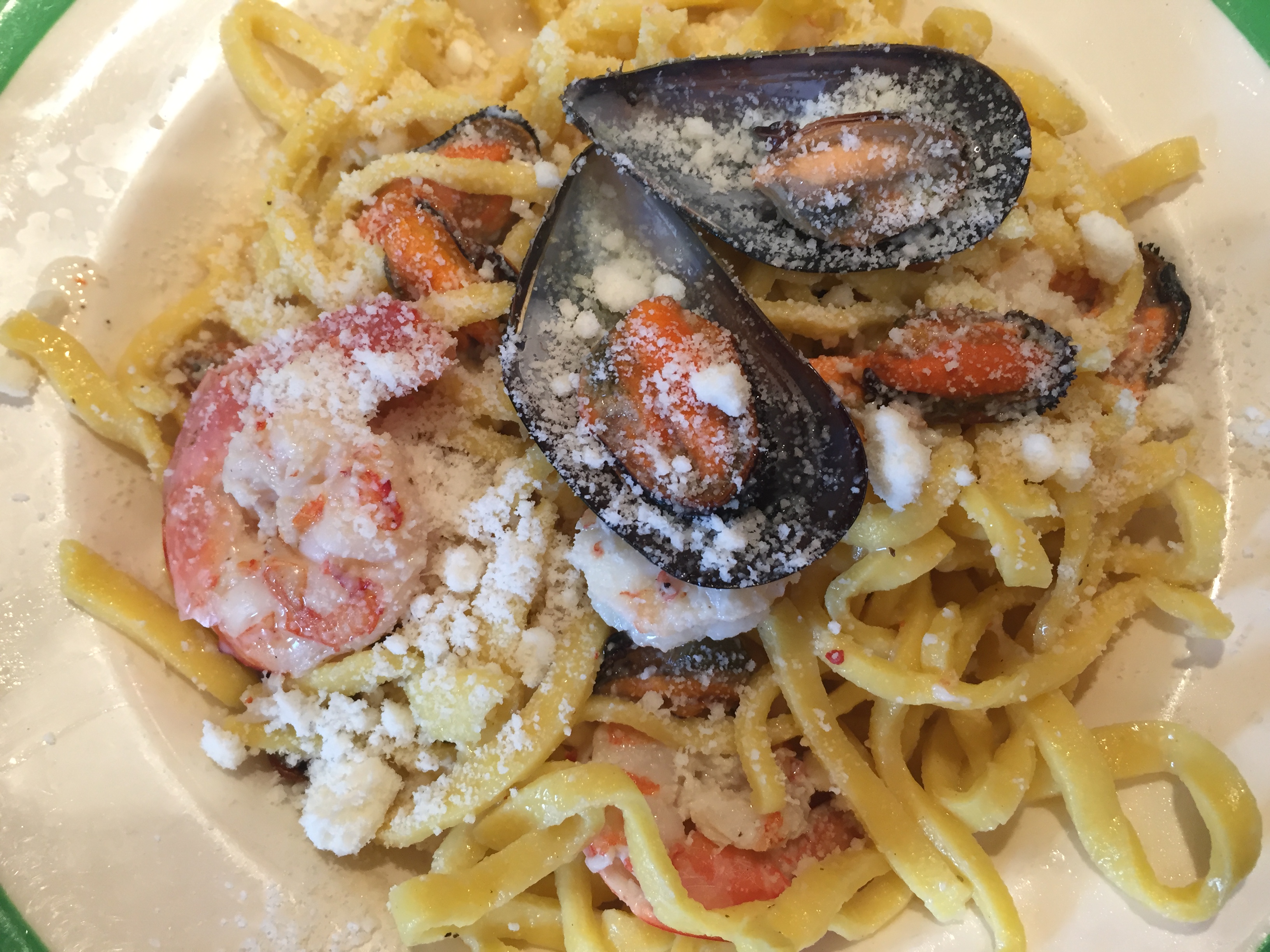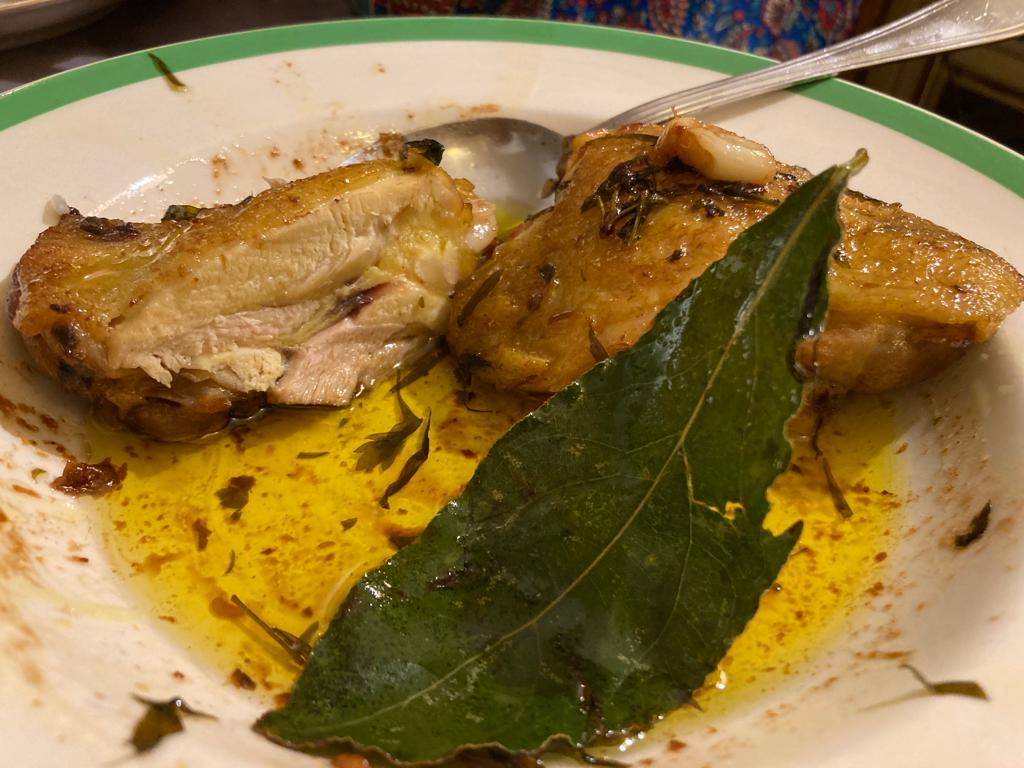I had written on the subject some time ago on my earlier blog, and I am reposting here with a few edits. The one thing I was unable to edit was how the various risottos were presented – just fyi please know that the done thing is to serve a risotto on a flat plate, not in a pasta or soup plate.
Hands on hips, but no pursed lips. My ‘attitude’ regarding risotto is born of listening and learning from other people, and then practising at home. Ours is not to pontificate but ours IS to investigate, evaluate and recreate.
I would like to encourage people to think of risottos as something eminently ‘do-able’ and not a fancy schmancy dish that only a professional chef can handle. And if it is true that a proper chef is naturally going to be more of a dab hand at producing a risotto of sublime standards of flavour, I see no hubris at all in wanting to believe that one can tackle a risotto of jolly good home-cooking standards of flavour.
Here are some points that I consider useful:
1) The choice of rice is important, obviously. It has to be Italian rice, not jasmine or basmati or anything like that. People abroad seem to think that Arborio is the only kind of rice for making a good risotto whereas in Italy it is the Carnaroli and Vialone Nano kind that are much more sought after and preferred by chefs as well as home cooks. If you buy a rice like the Aquerello brand, which comes in a tin, then do open it at least half an hour before using it … to let the rice ‘breathe’. These days, ‘aged’ risotto rice is gettng a lot of acclaim. I have no reason to disbelieve the experts but, again, my inner spot-the-food-snob starts twitching on this account. Just buy the best Italian risotto rice you can find and afford.
2) A risotto always deserves to be cooked in good and well flavoured water, otherwise known as stock — be it vegetable, chicken/meat or fish in provenance. You can salt the stock or salt the rice. I usually do a bit of both. Some notable chef (whose name however escapes me right now, please forgive) did say that salting the rice at the very beginning was the way to go.
3) Great care must be taken in ‘toasting’ the rice properly at the beginning (“tostatura”) to ensure that it will keep its figure and form and so that it will sneerily eschew the very notion of stickiness at the end of the cooking process. When cooked, the rice must not stick together as if glued but, instead, each ‘chicco’ (grain) of rice must stand proudly independent while being intimately part of Team Risotto at the same time. The tostatura of rice is executed over a fairly high heat. Most recipes call for you to toast the rice with either butter or some olive oil. Actually, as I learnt via chef Arcangelo Dandini, one can toast the rice plain, with no form of fat whatsoever. This must surely be good news for people who do not have good olive oil on hand?
4) Chopped onion is usually the premise for most risottos and needs to be cooked in olive oil or butter. Unlike the tostatura, the onion must cook over a LOW, soft heat in order not to cook through. And this presents us with a contradiction. My easy way out of this is to cook the onion in a separate frying pan and add it to the rice later on, once the first few ladles of simmering stock have been added. (I got this tip from Allan Bay’s cookery book “Cuochi si Diventa”.)
5) When adding the wine … it is a good idea to have the wine at least warm if not hot. Wine is added just after the tostatura when the rice is very hot. If you pour cold wine over it, it will bring the temperature down. To be honest, I think this rule applies if you are making a large amount of risotto (say, over 1 kg). If you are making less, I am sure room-temperature as opposed to hot is good enough. The only hot liquid ALWAYS must be the stock that is added.
6) A risotto does NOT, contrary to so much public opinion and huffing and puffing about the subject, require constant stirring. Nor is it always “creamy” in texture. If you don’t believe me, I hope you will believe Gabriele Ferron (see http://thefoodpornographer.com/2013/09/rice-masterclass-with-gabriele-ferron ).
7) A recent tip I learned about only a few months ago (i.e. in 2023) from no less than the late Gualtiero Marchese is that some form of ‘acidity’ does wonders for the final flavour. So, for instance, a few drops of lemon juice would do.
8) It is a truth universally acknowledged that a single cook in possession of a good fortune would never dream of skimping on butter when it comes to finishing off a risotto (most risottos except for those that are fish based). Please take note, the butter should be cold, fridge-cold and preferably cut into cubes before being added. Once cooked, the risotto must be almost embalmed in butter and left to rest for a few minutes, preferably with a lid on top.
9) Grated parmesan cheese tends to be added at the same time as the butter … with more sprinkled on top later on, if so desired.
10) The term for this final touch is the verb “mantecare” or noun “mantecatura”. I mentioned in another post that I am much persuaded that the etymology could owe something to Spain, where the word for butter is: mantequilla. (Let us not forget that the risotto is a dish from the North of Italy and that the Spanish aristocracy liked to rule bits and pieces of Italy.)
A gastronomic friend of mine on Facebook, by the name of Mike Tommasi, who knows his stuff when it comes to Italian food and its history, read this post yesterday and corrected me on the following I had written:
“Of course the Italian word for ‘cloak’ is “manto” … so maybe it’s a case of using butter with which to ‘cloak’ the risotto. On the other hand, there is the French gastronomy technique called “monter au beurre”, which is about adding butter towards the end of a recipe, and the word ‘monter’ somehow got morphed into ‘mantecare’ ?
As it turns out, no, not really.
This is what Mike Tommasi commented and what we can now all appreciate and knowingly show off about:
“Very good article! Except at the end the etymology of “mantecare” being related to “manto” or “monter” is spurious. “mantèca” is an archaic italian word for fat, clearly of spanish origin from “manteca”, which means fat.”
And that’s it!
